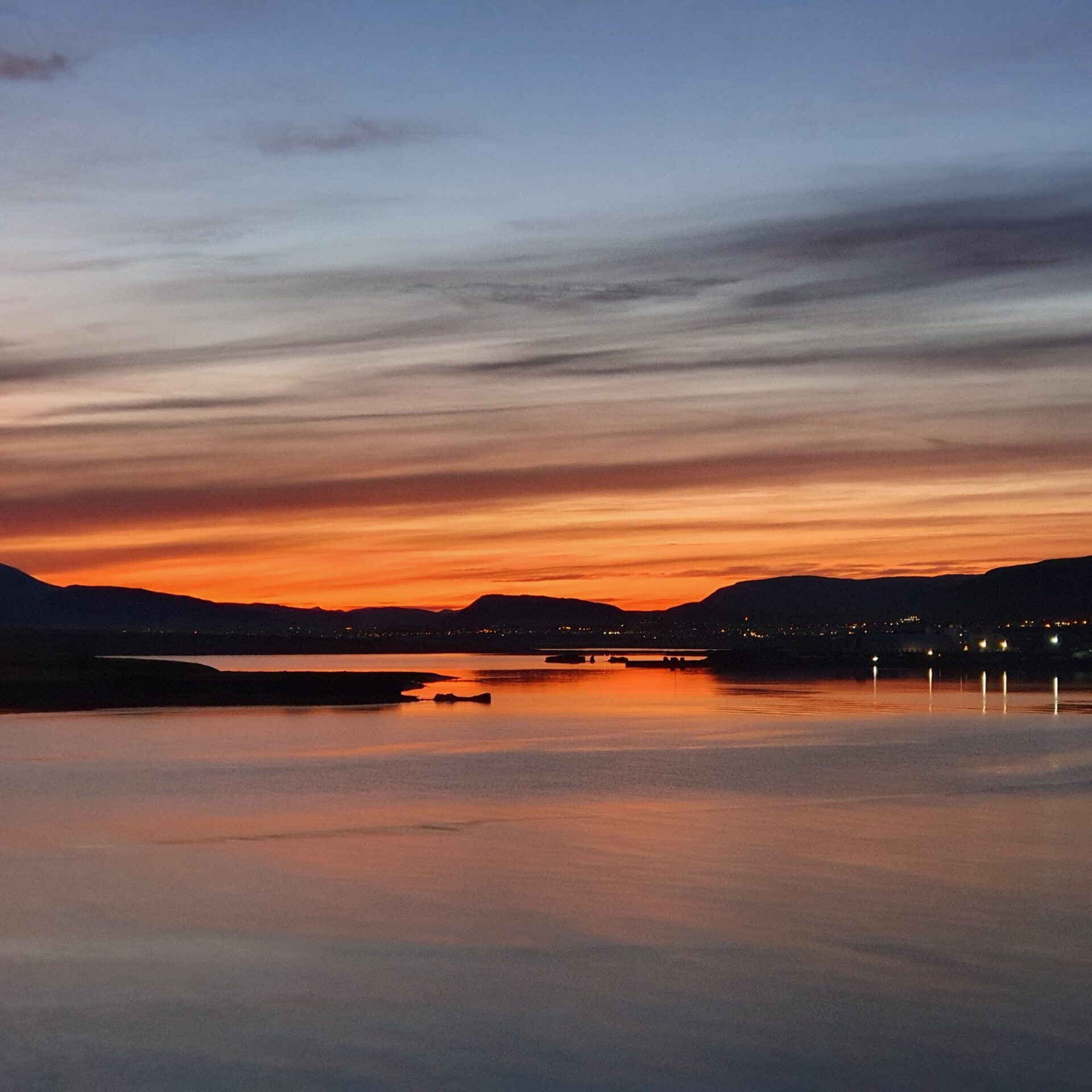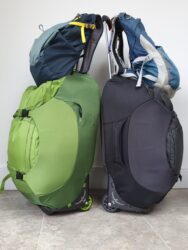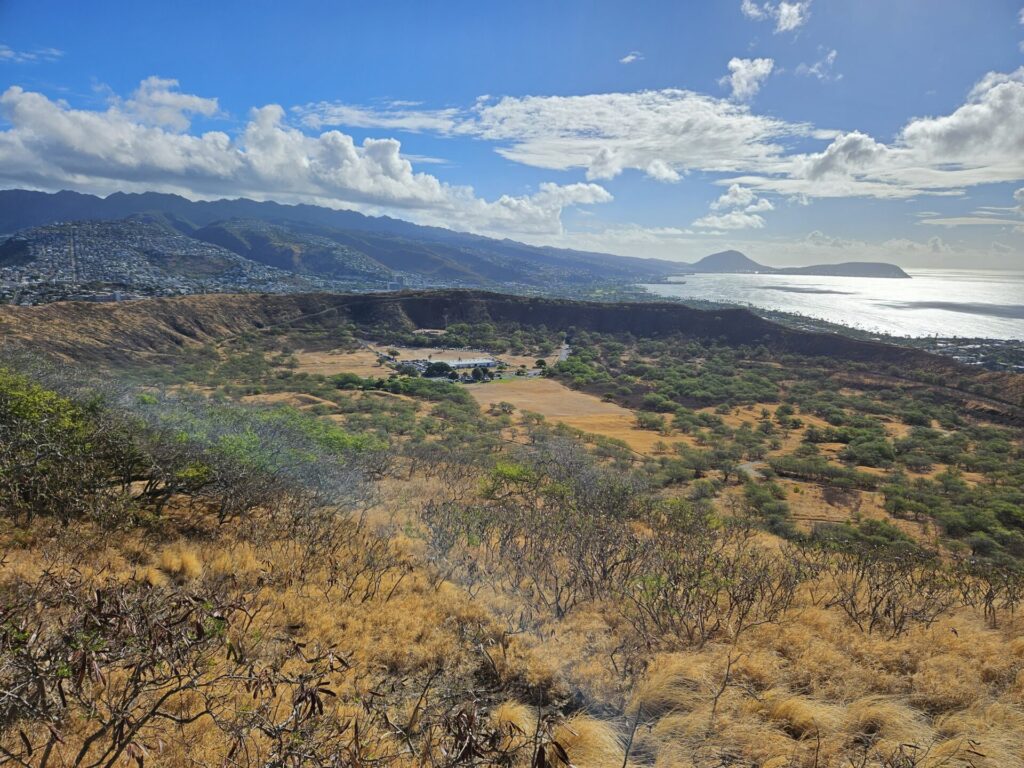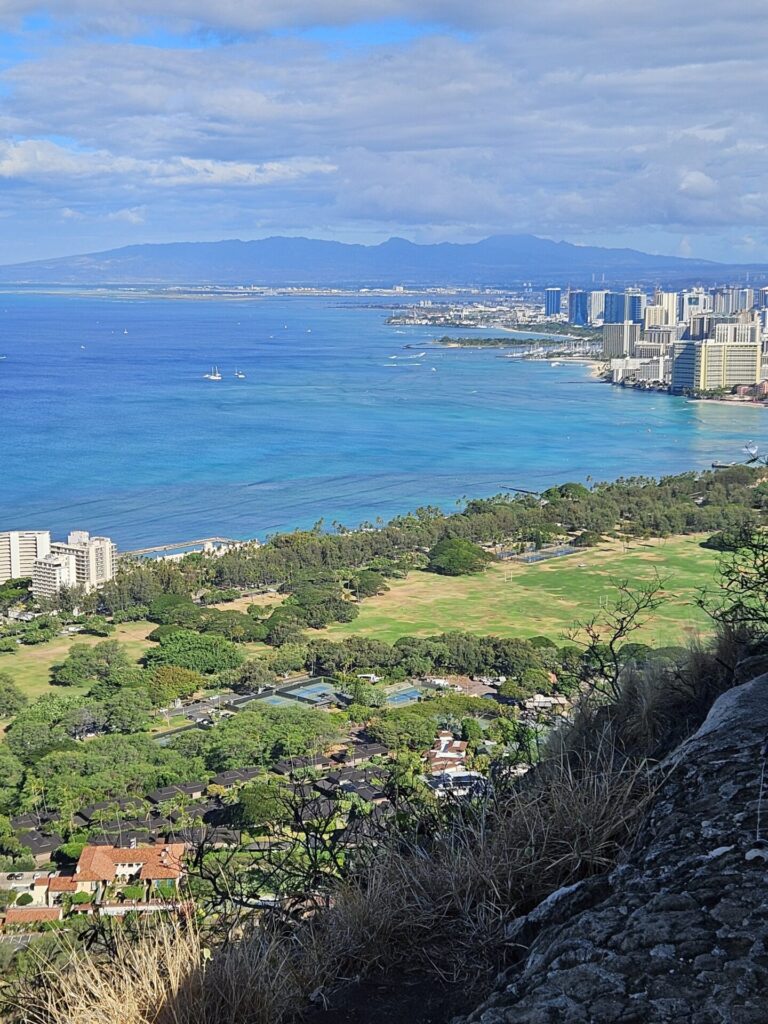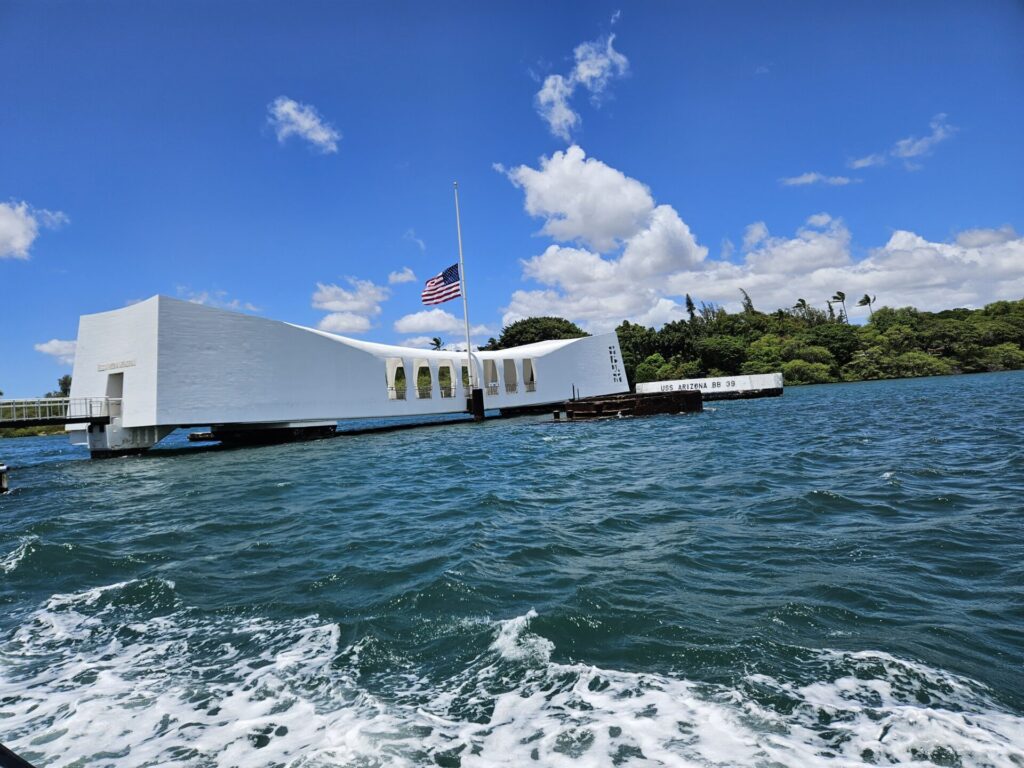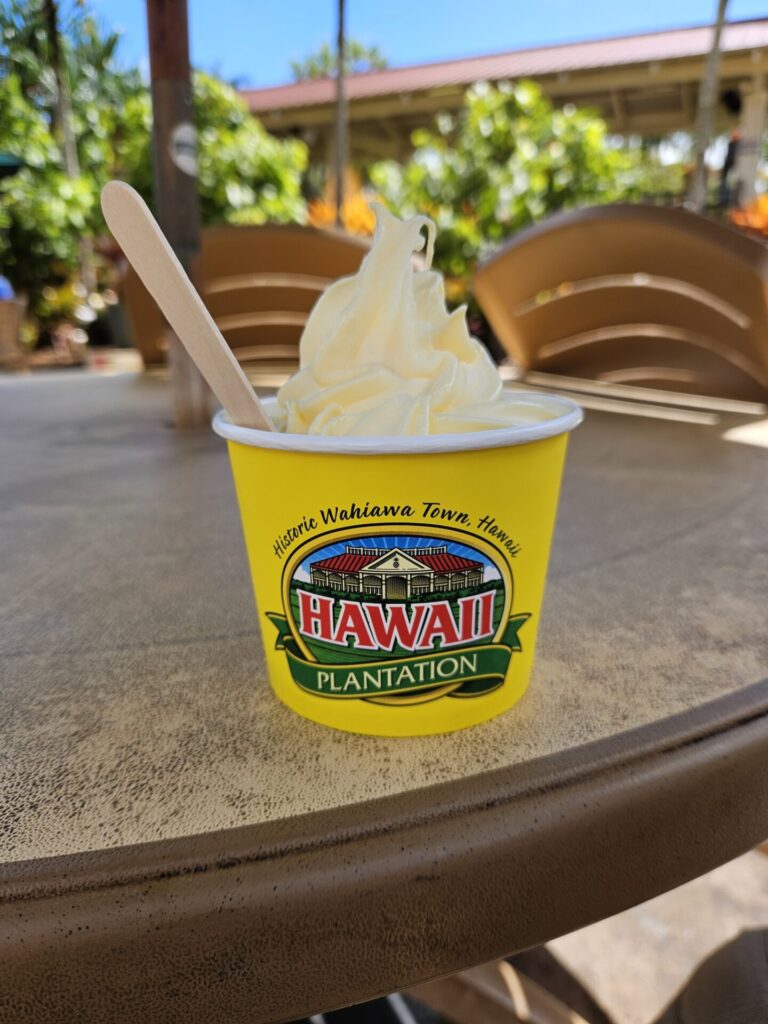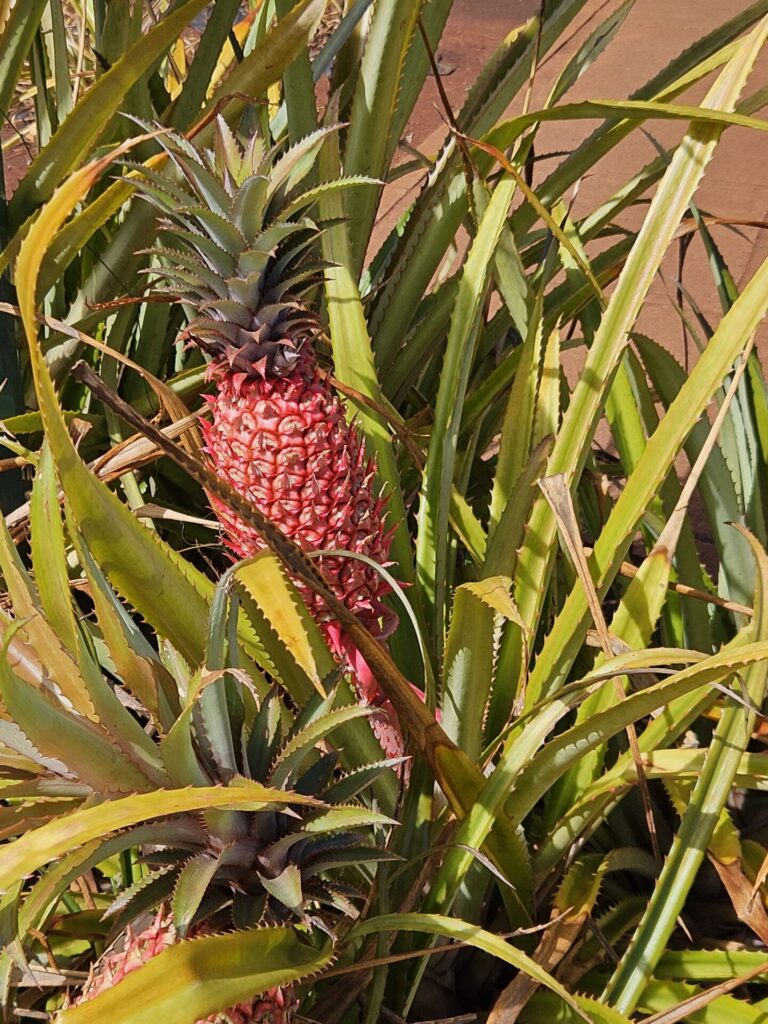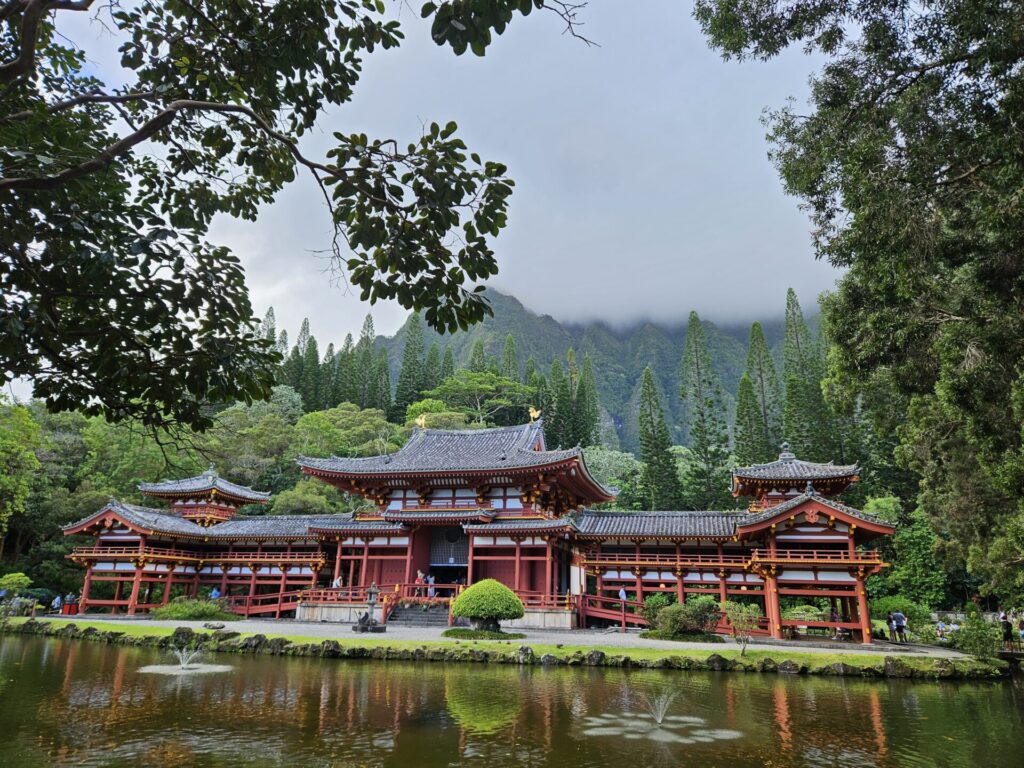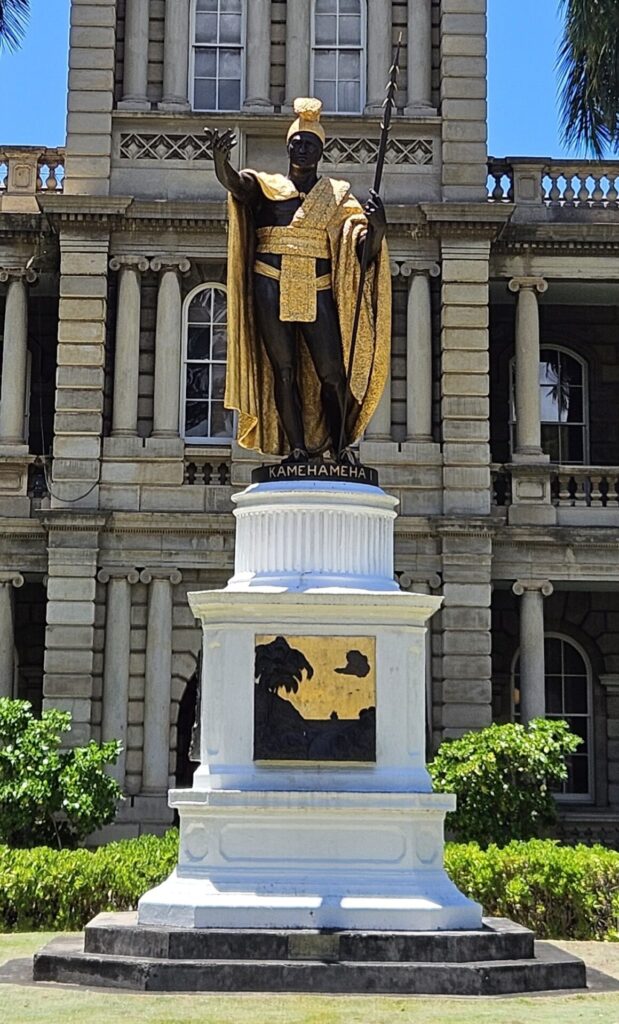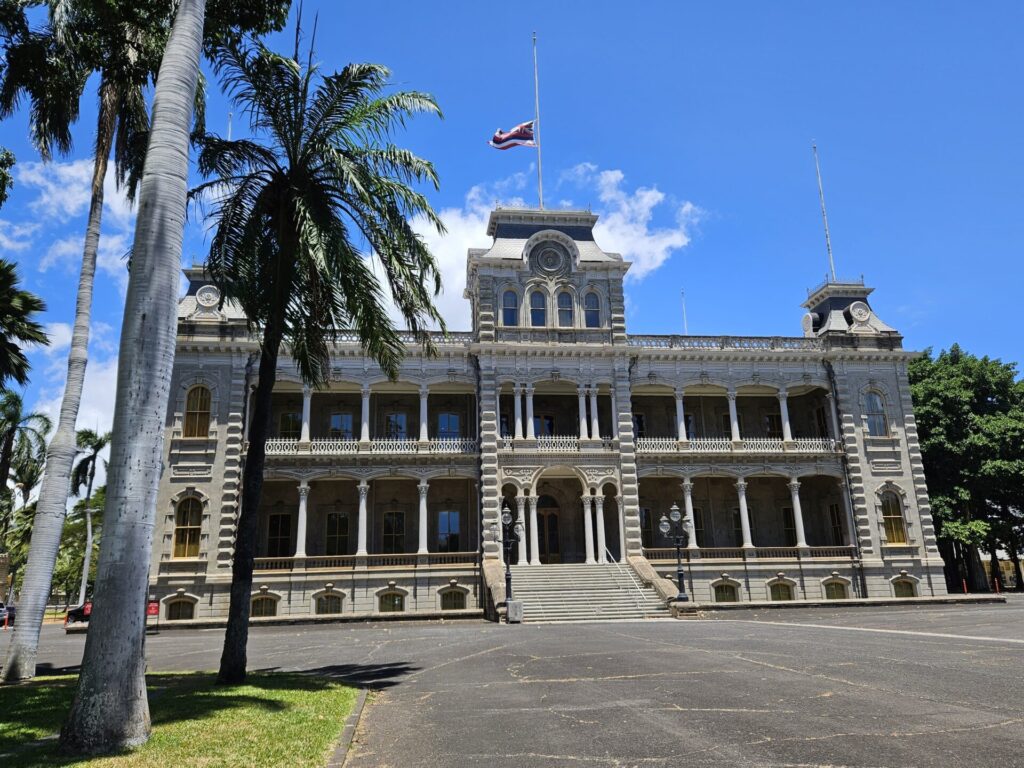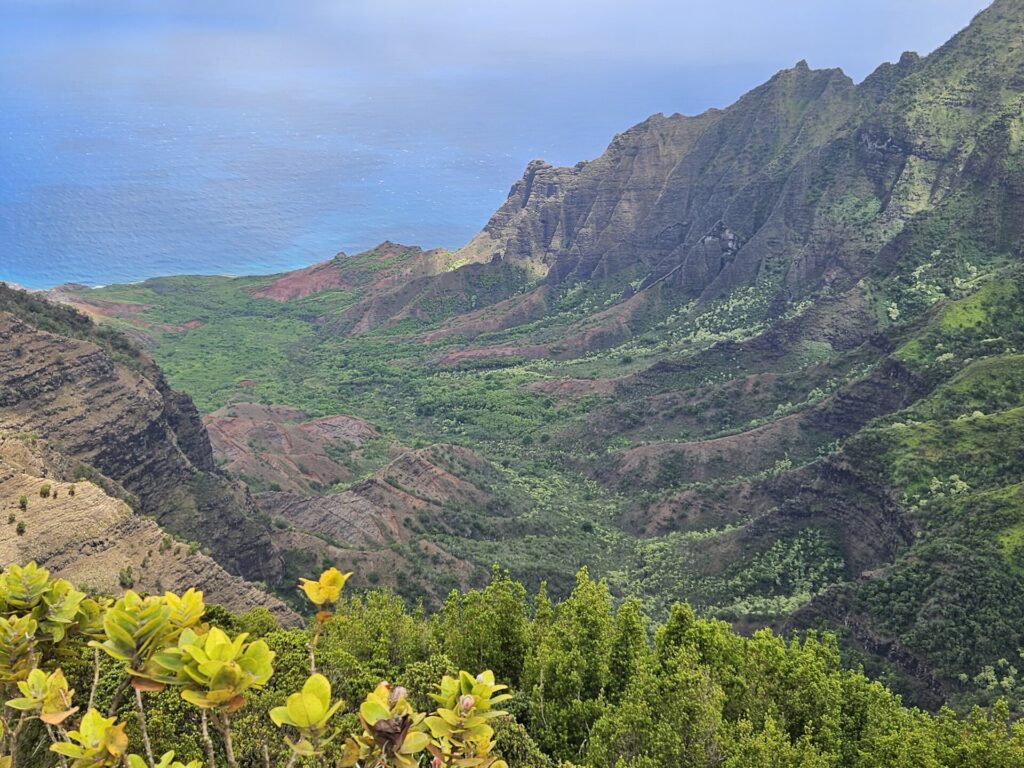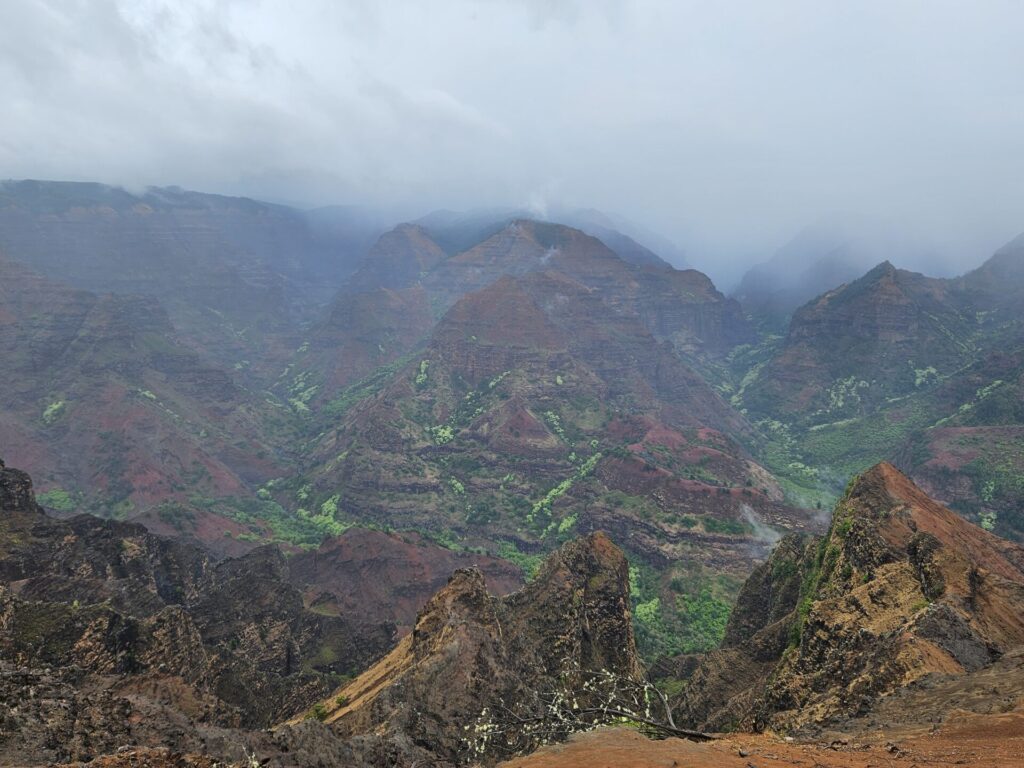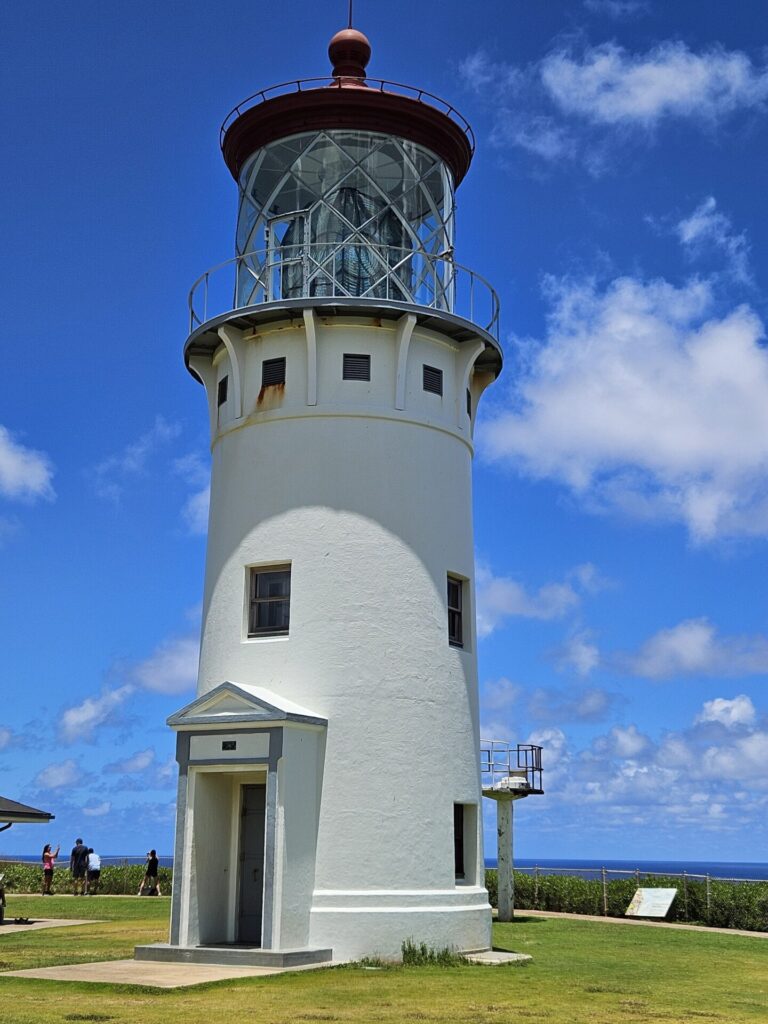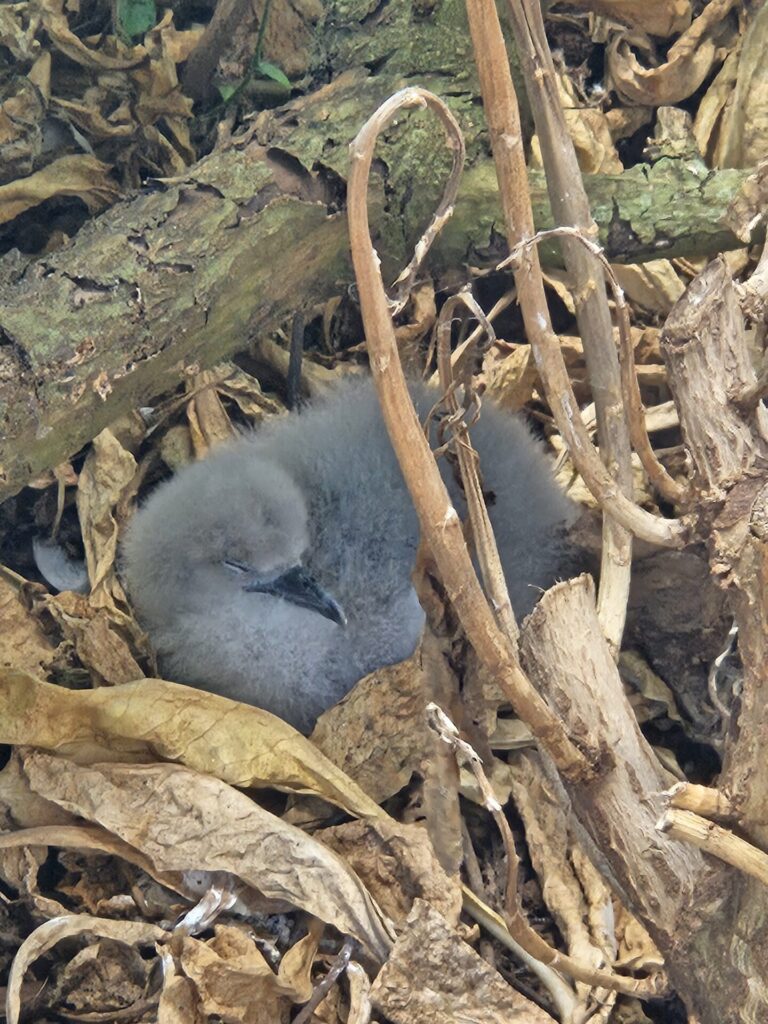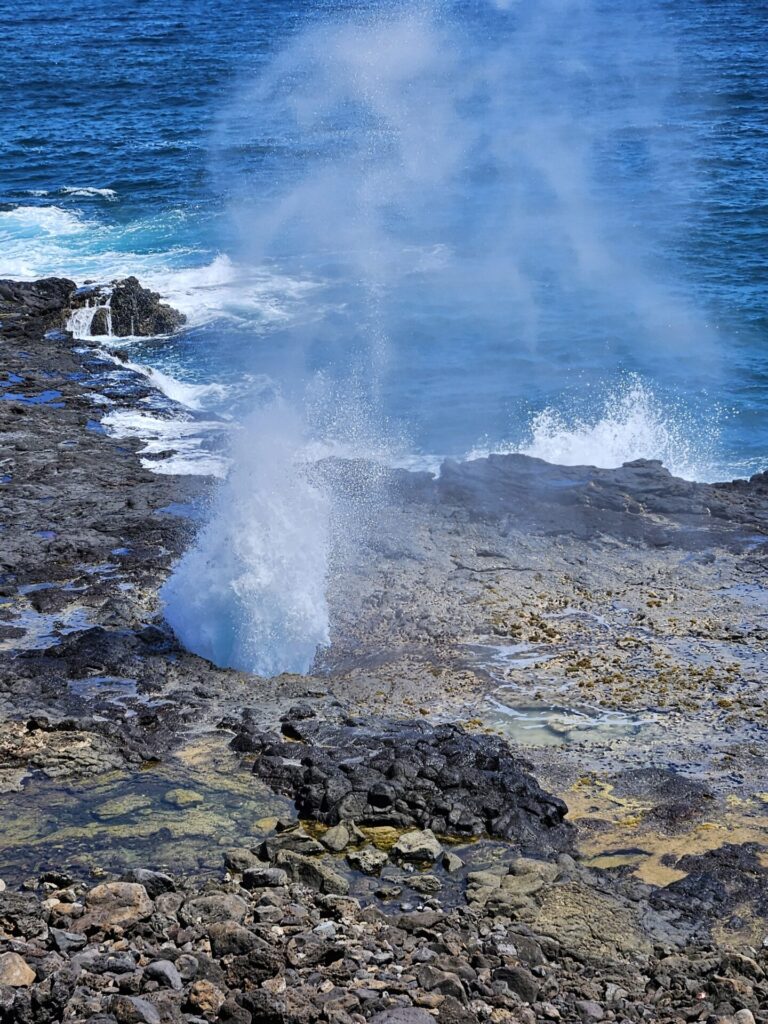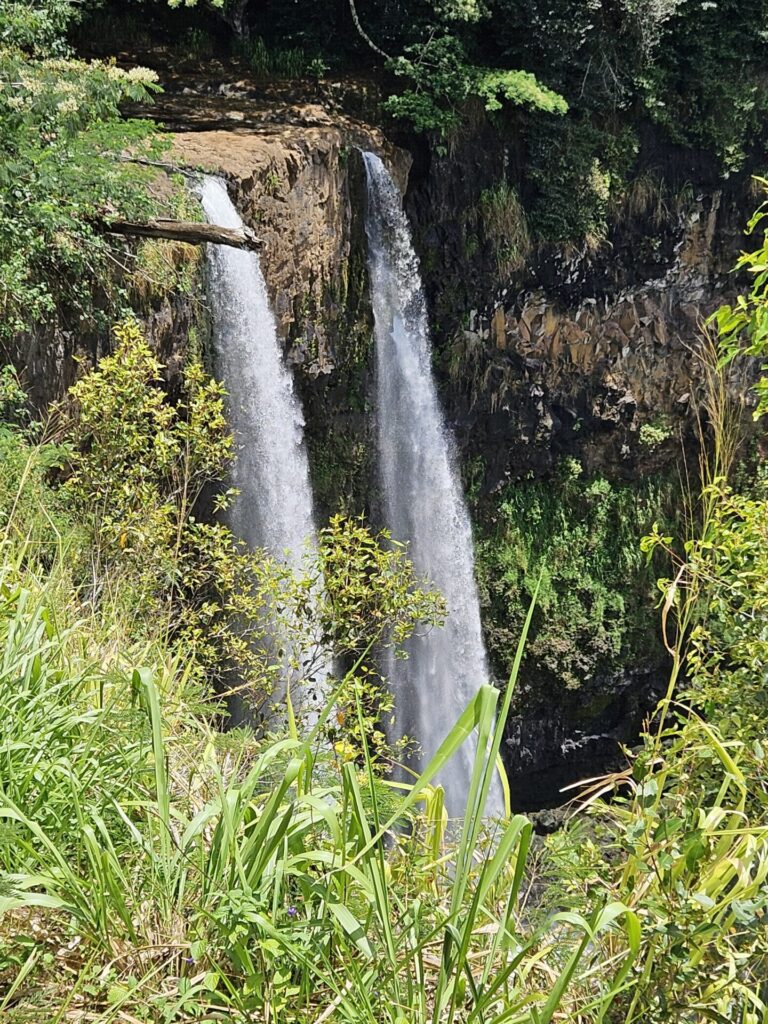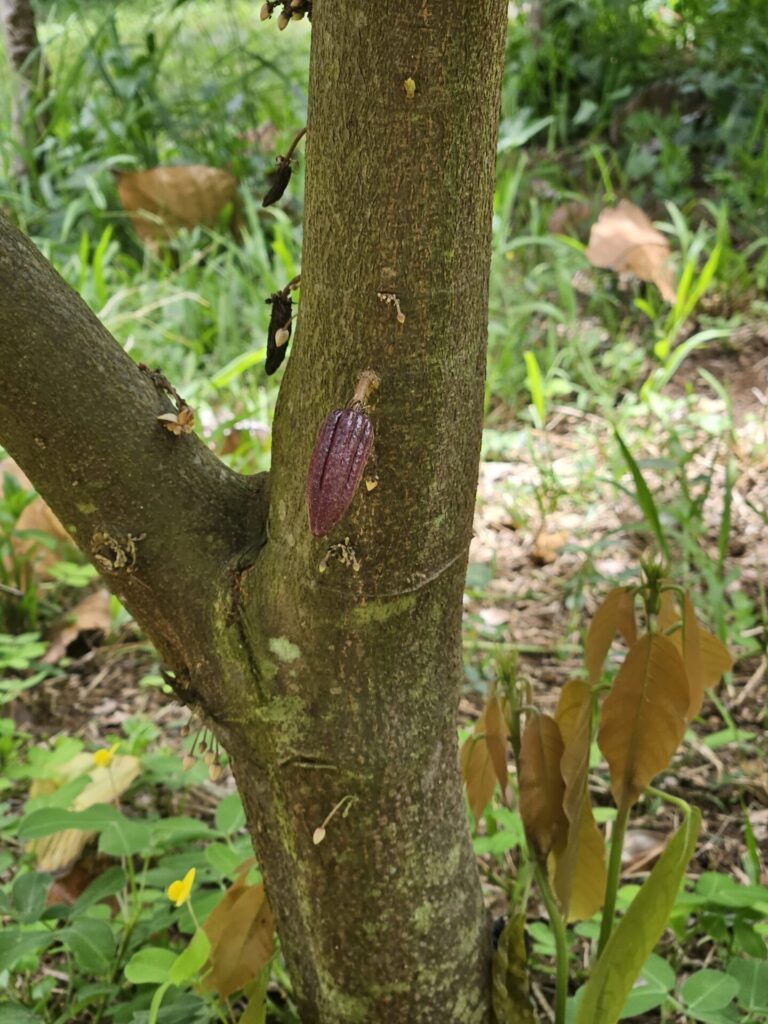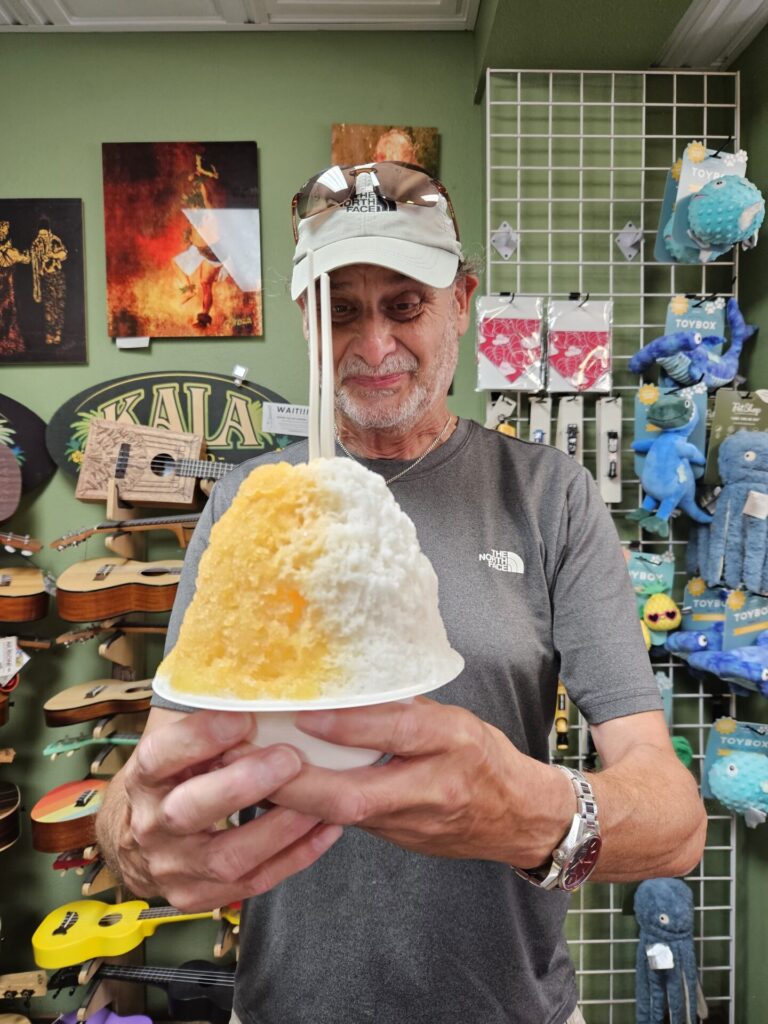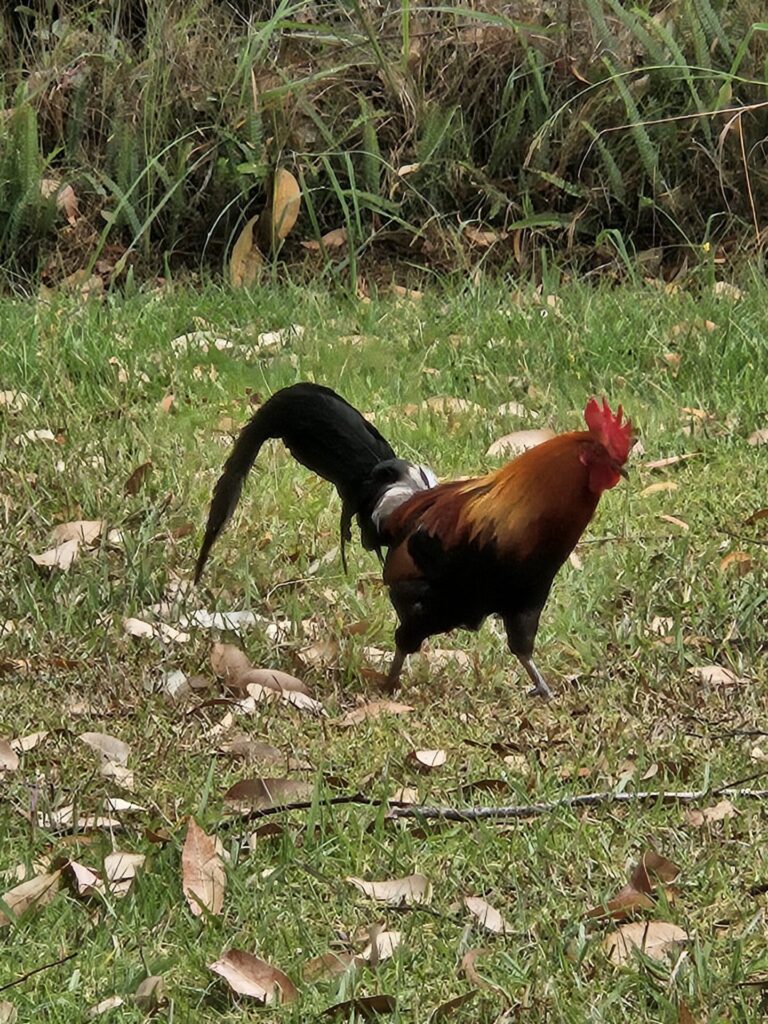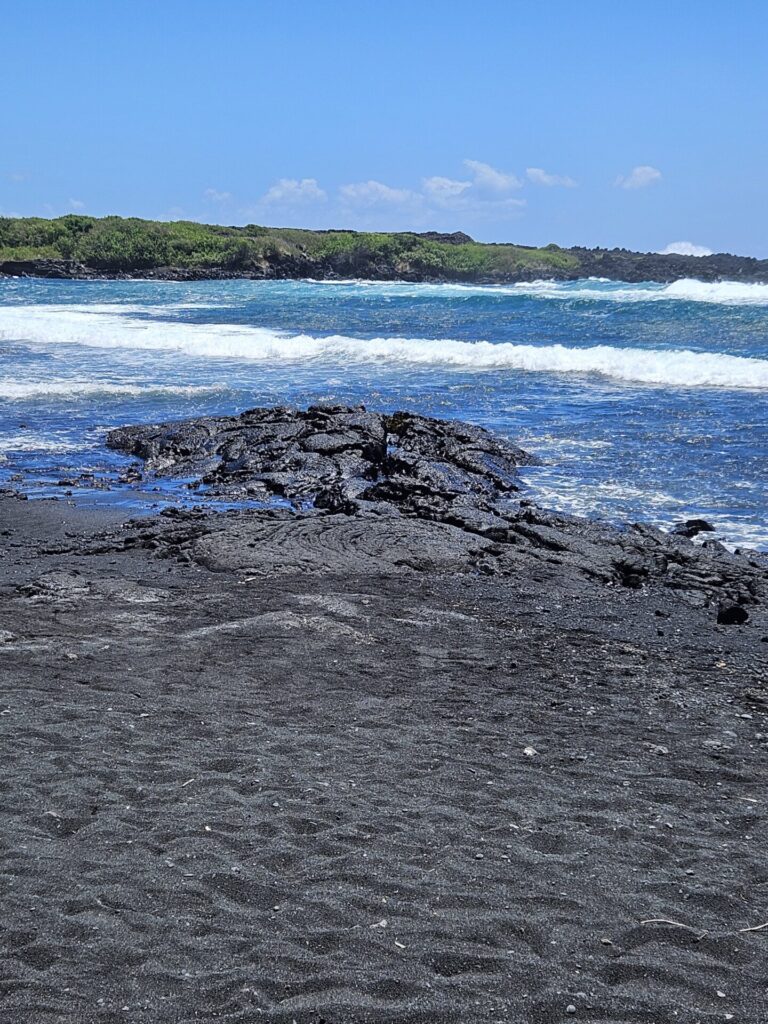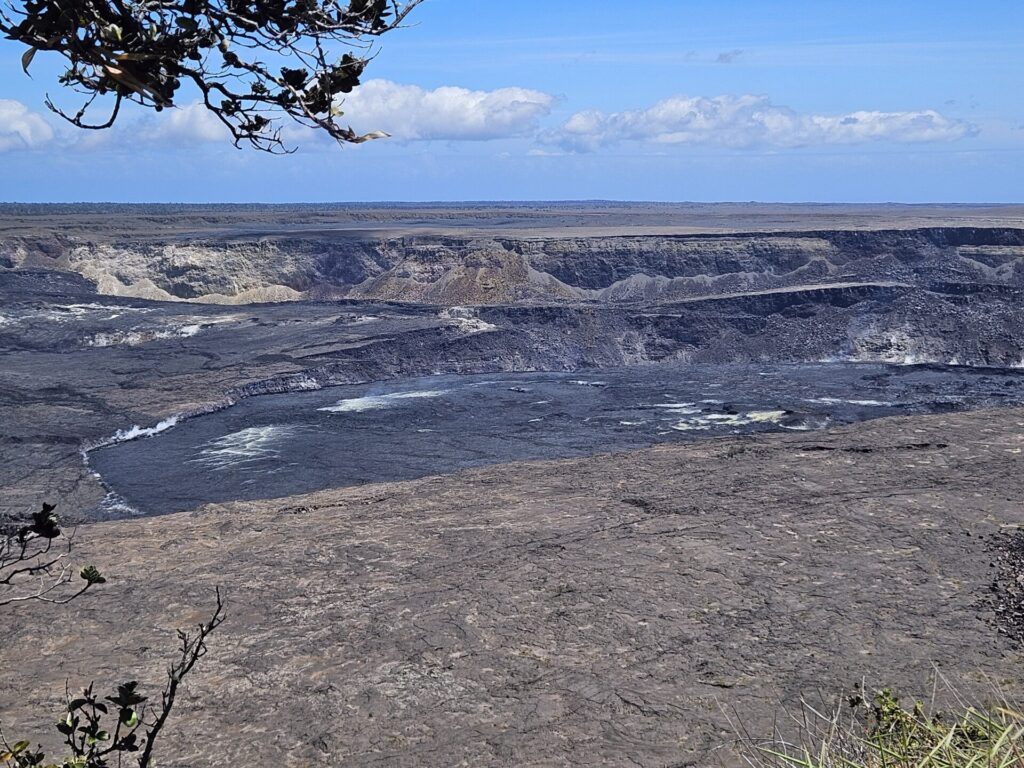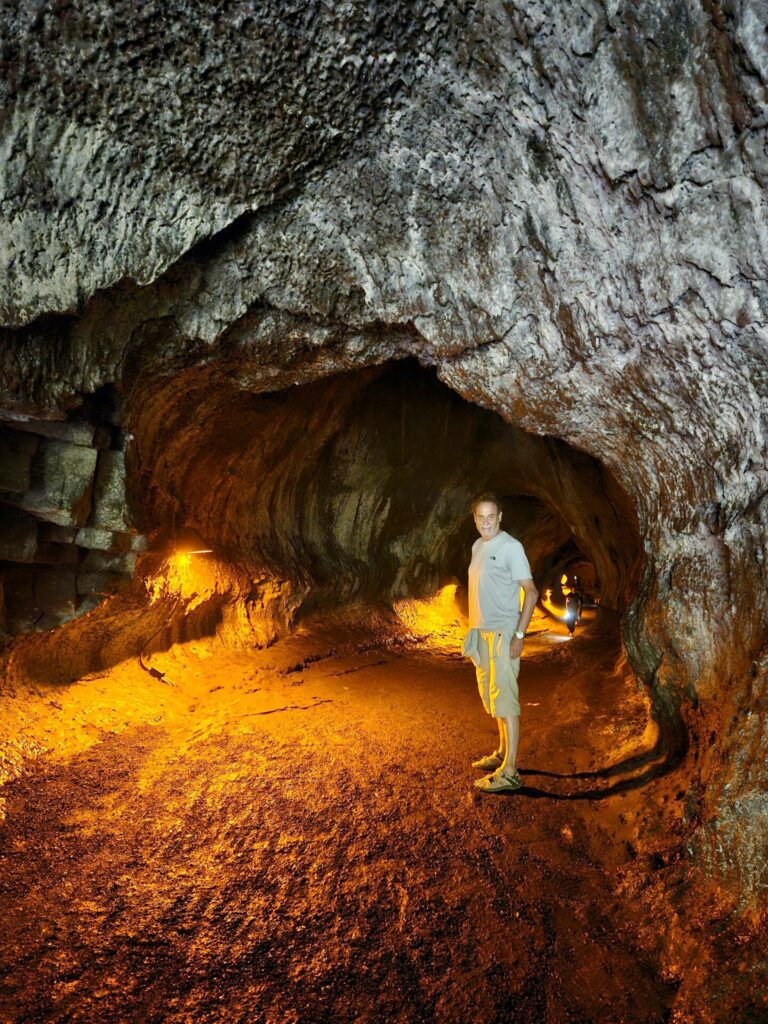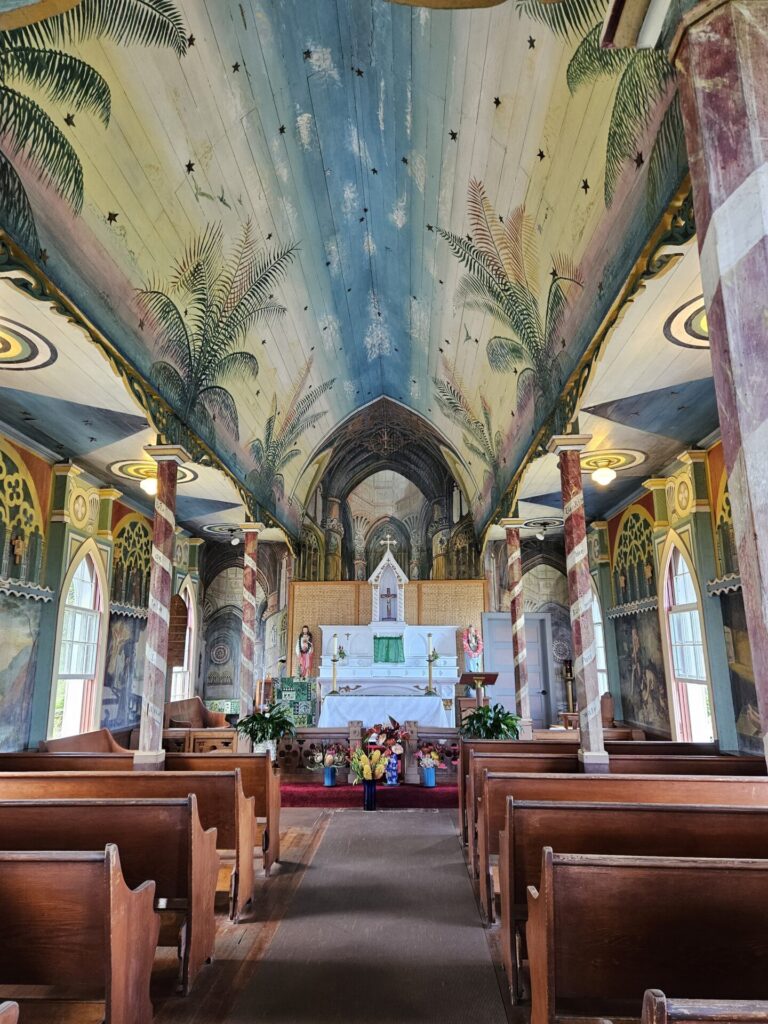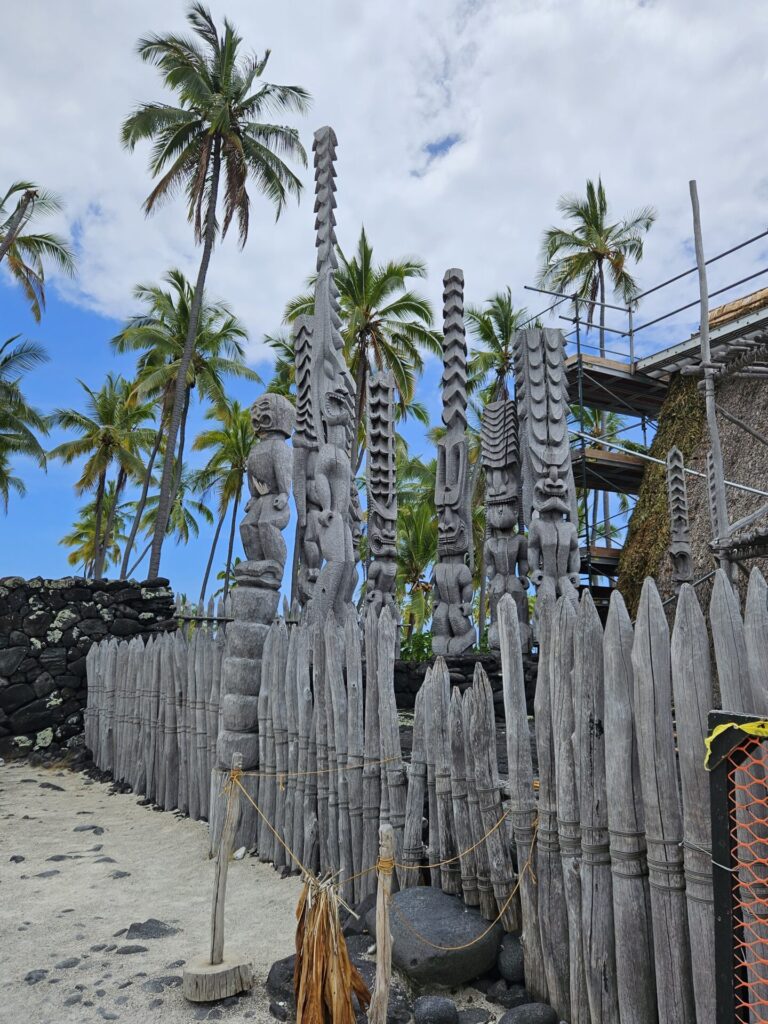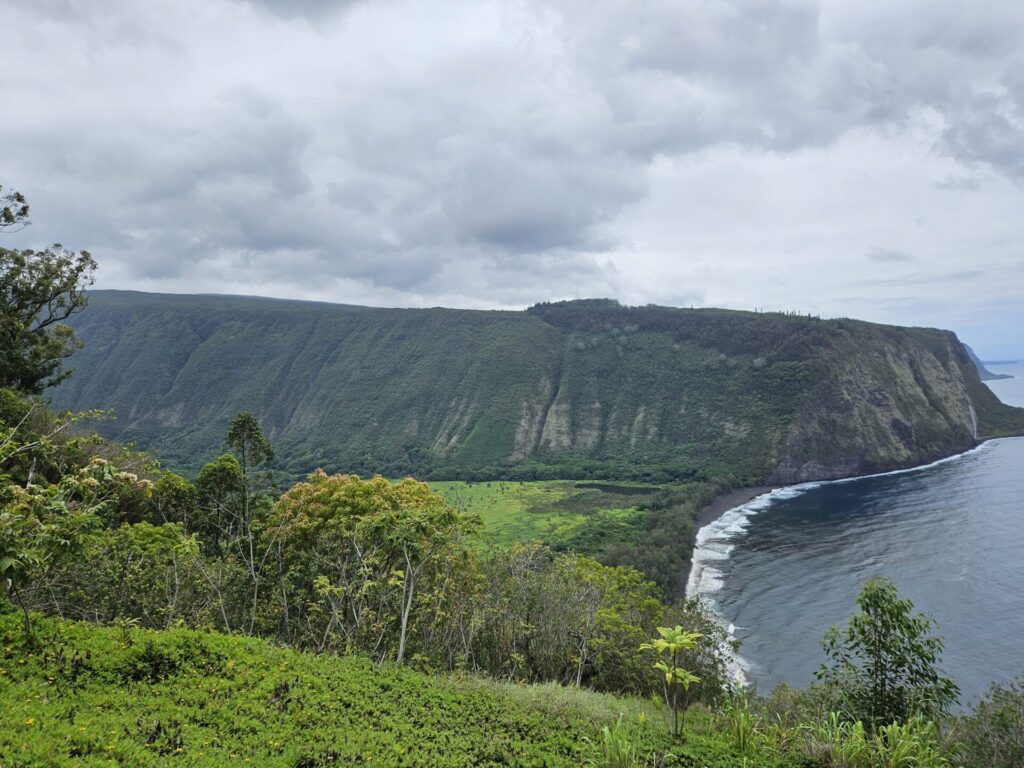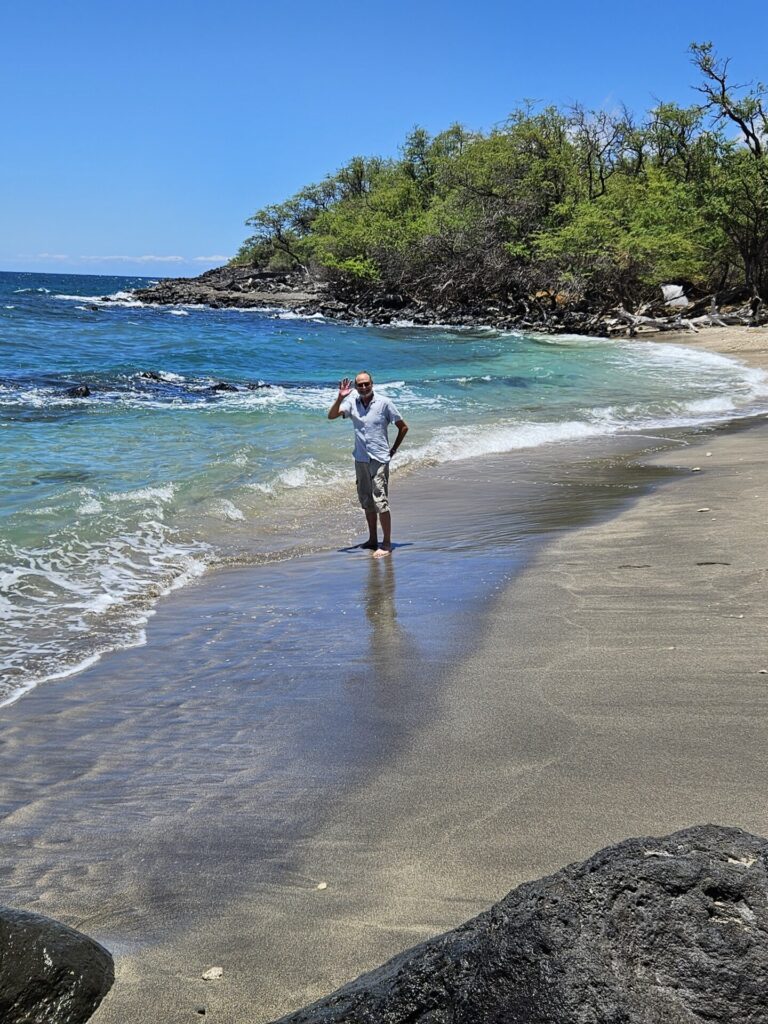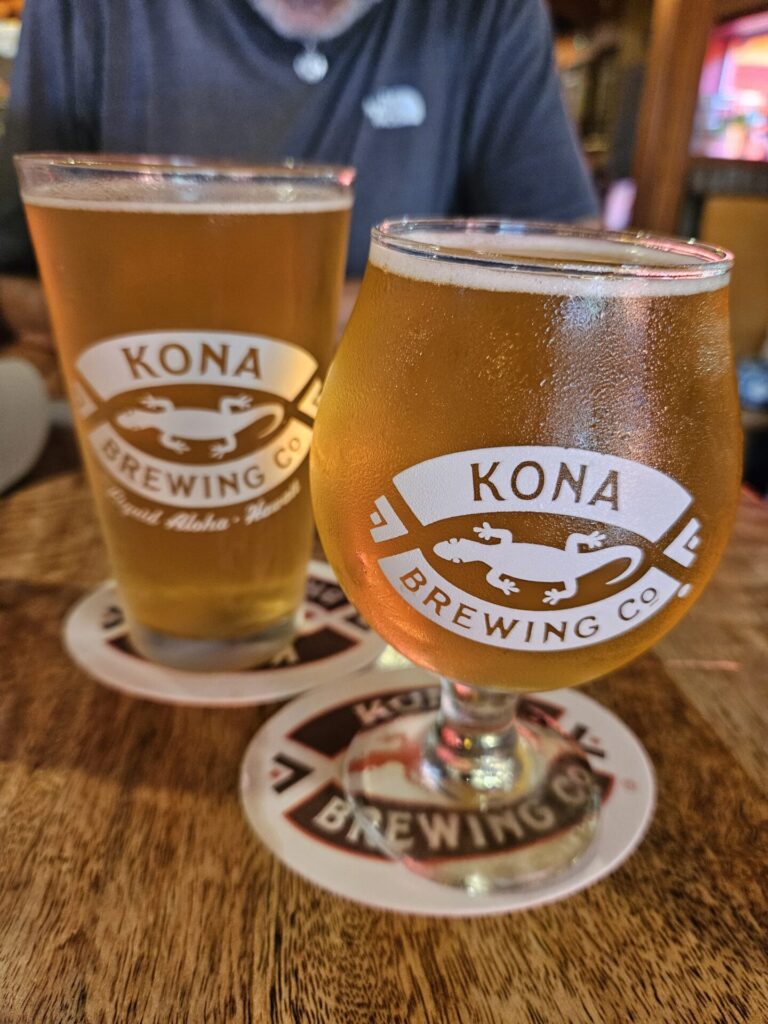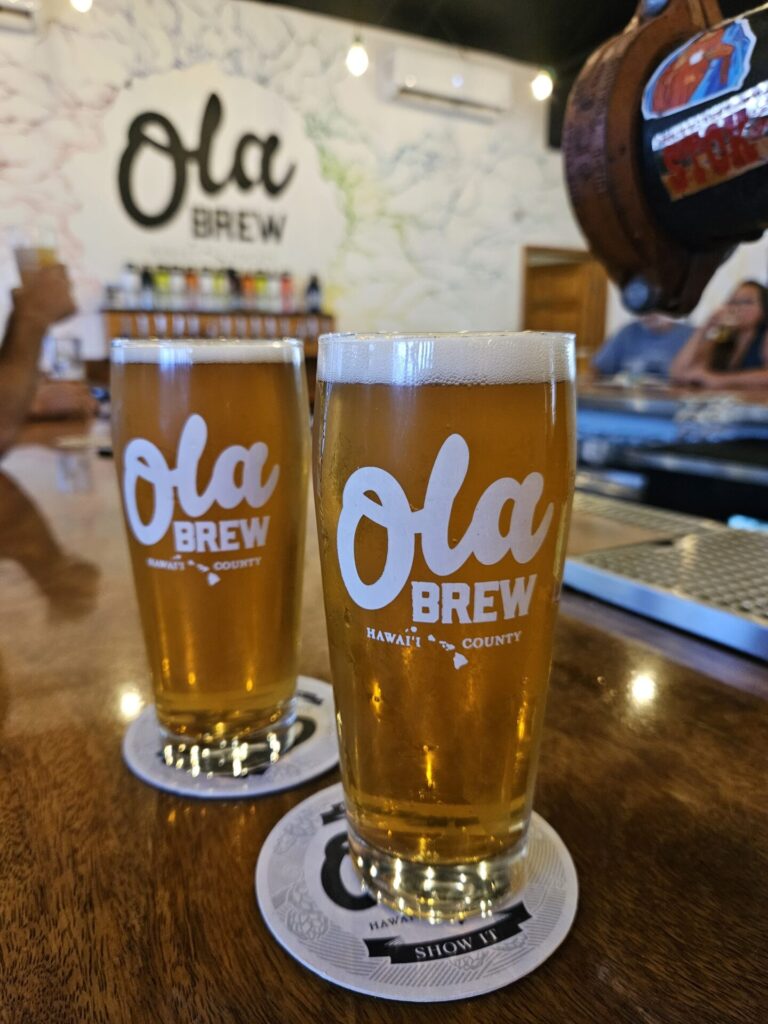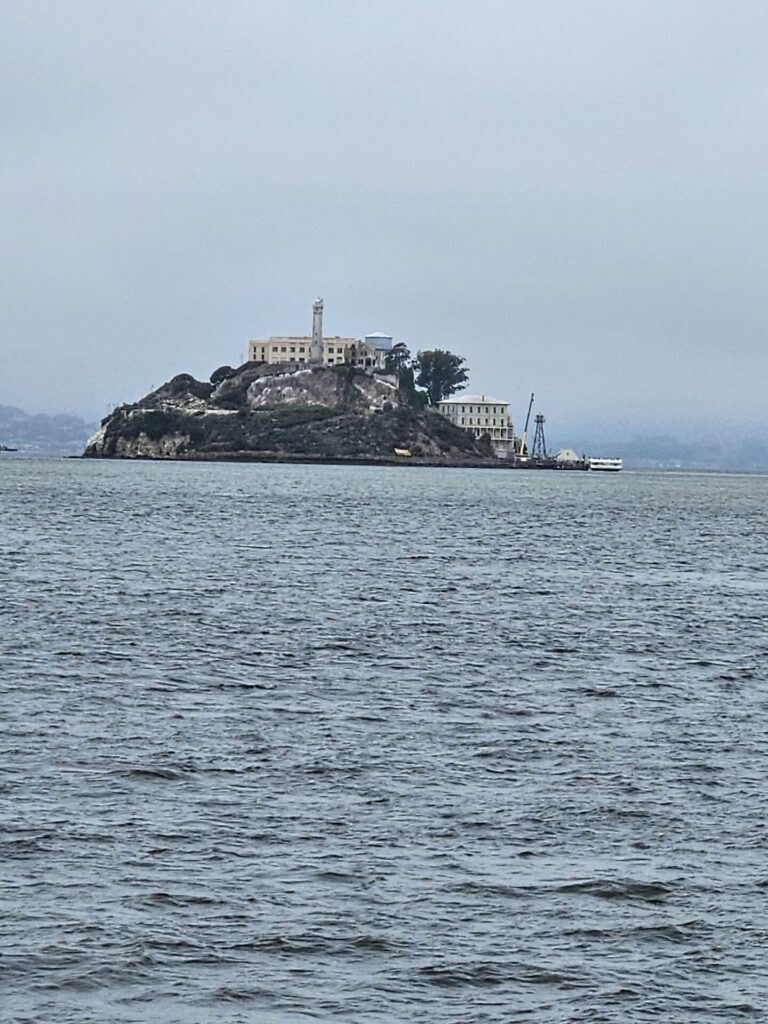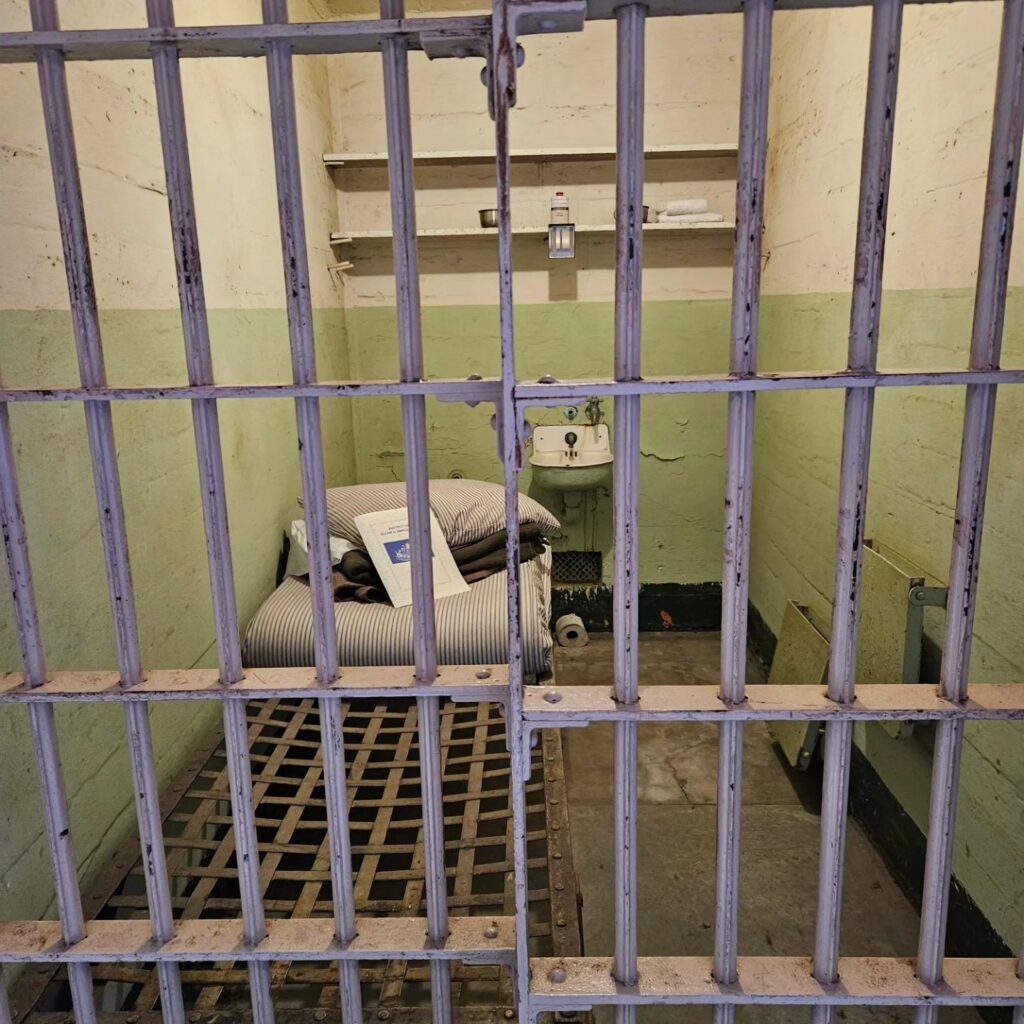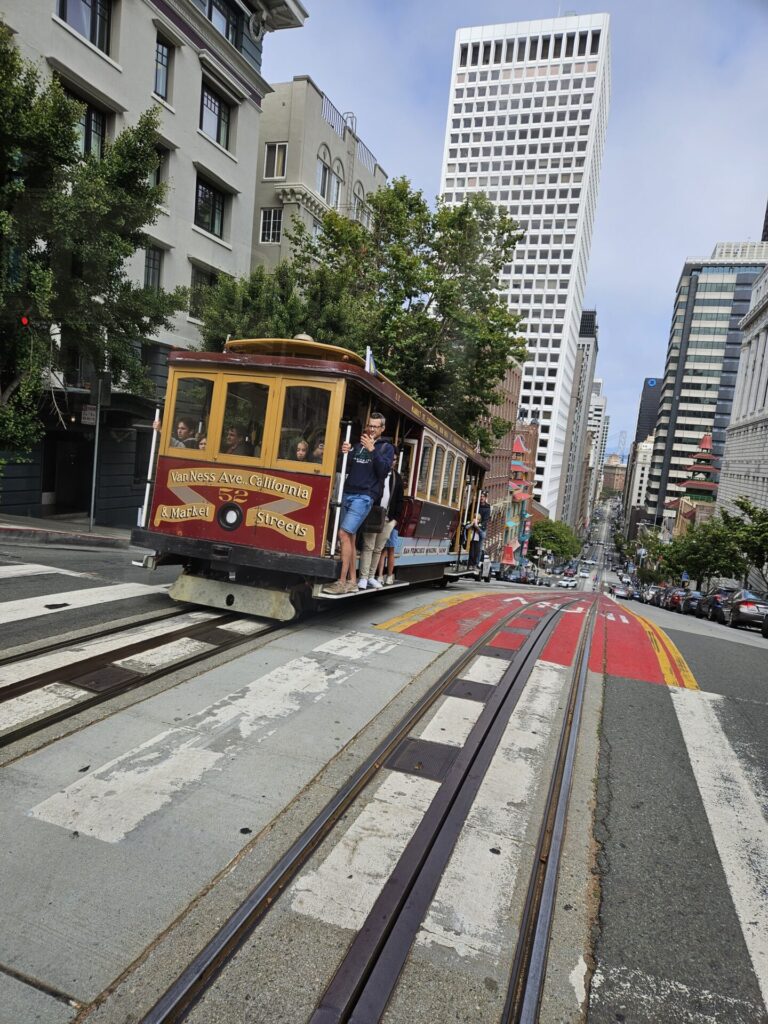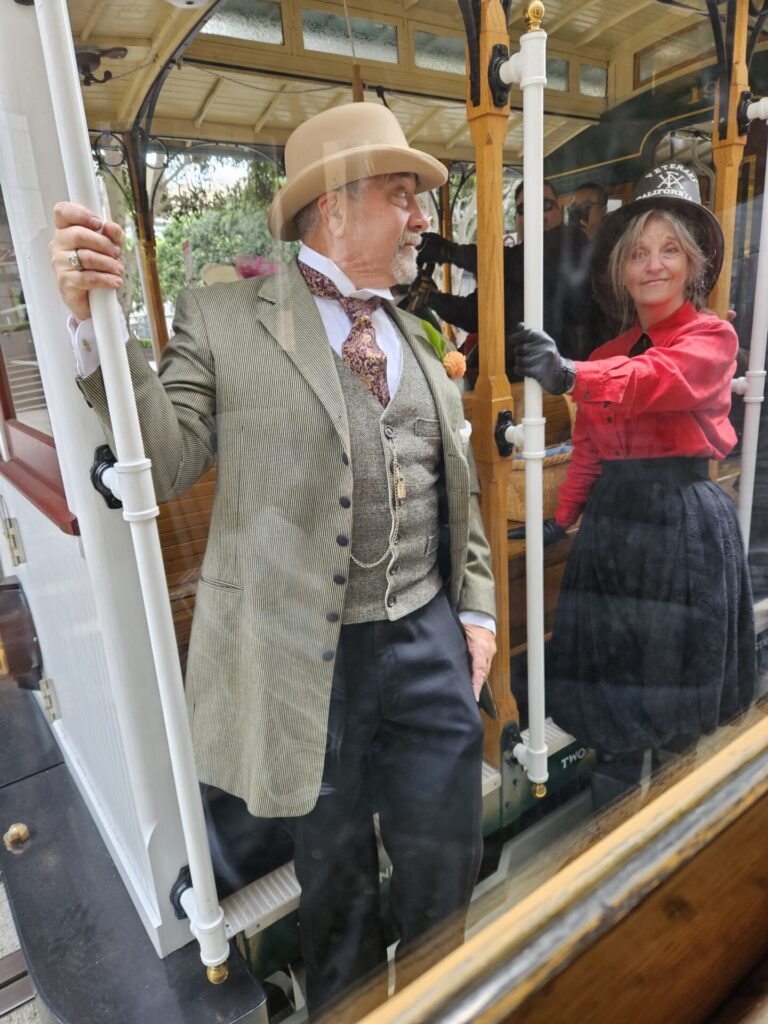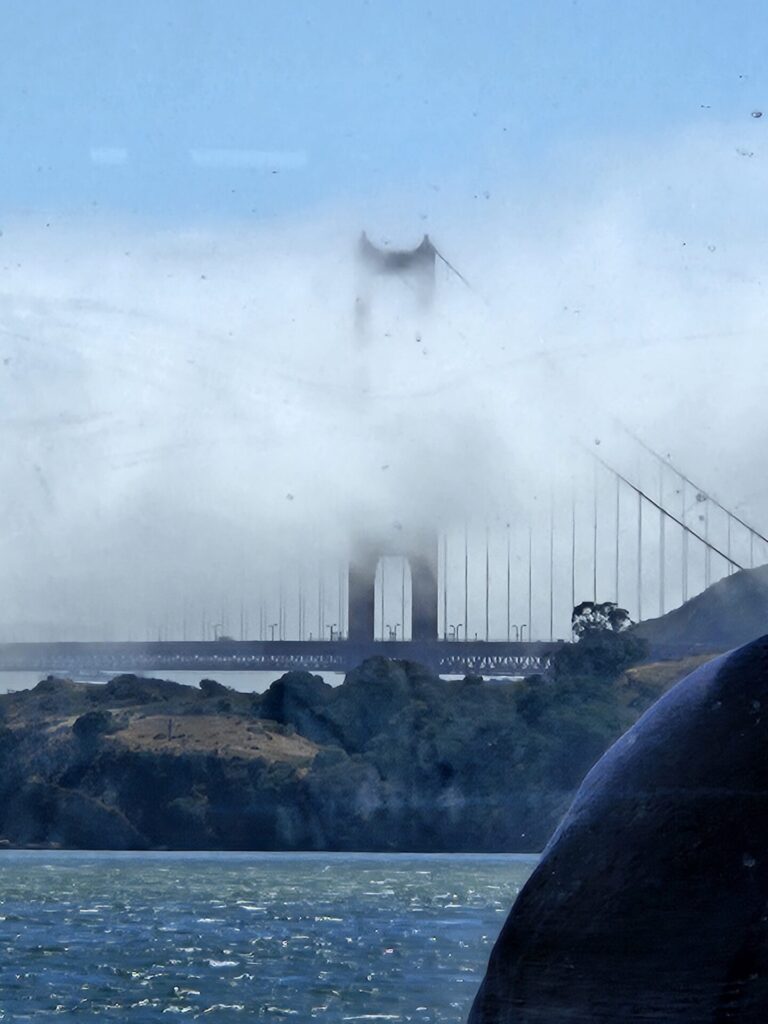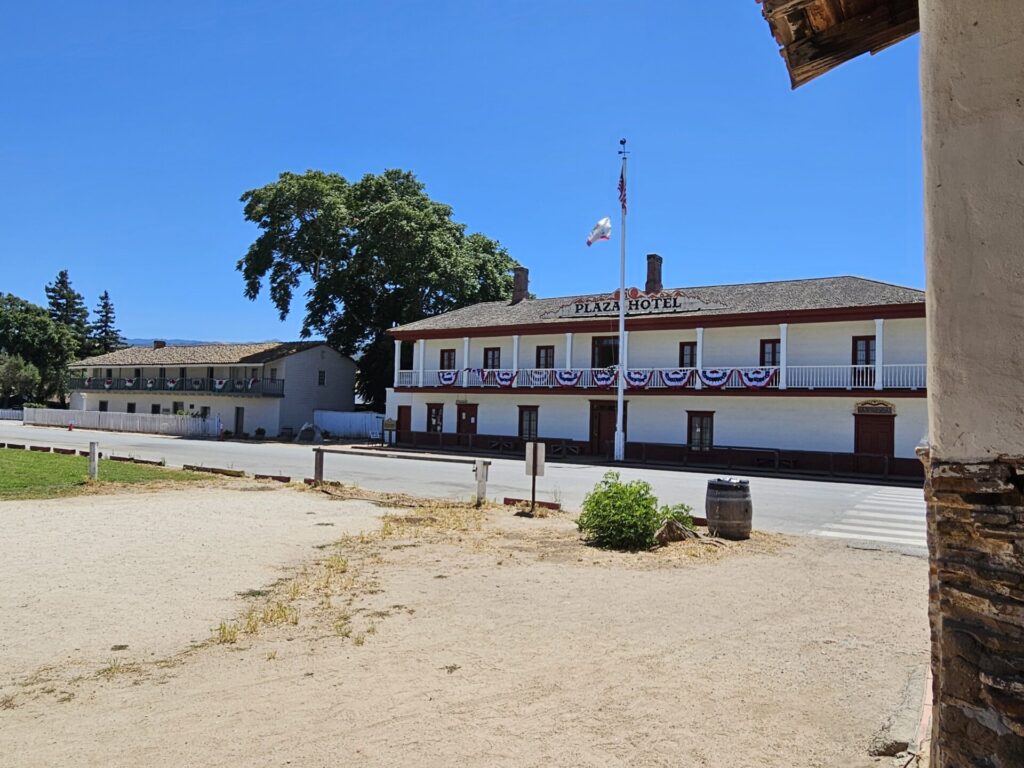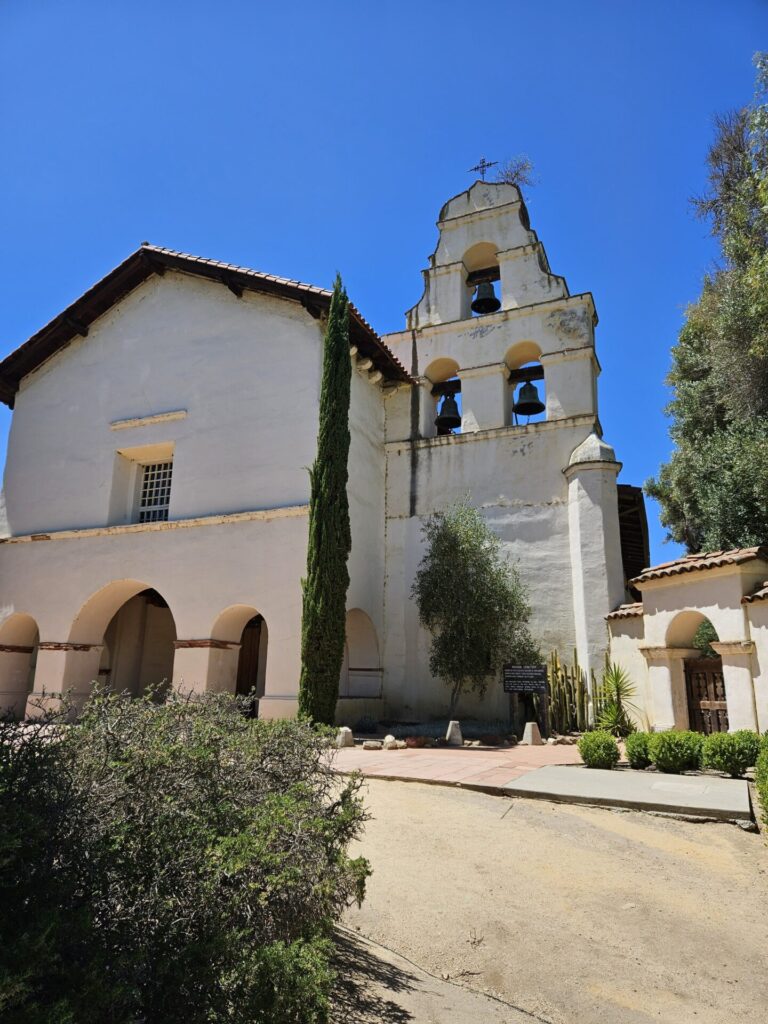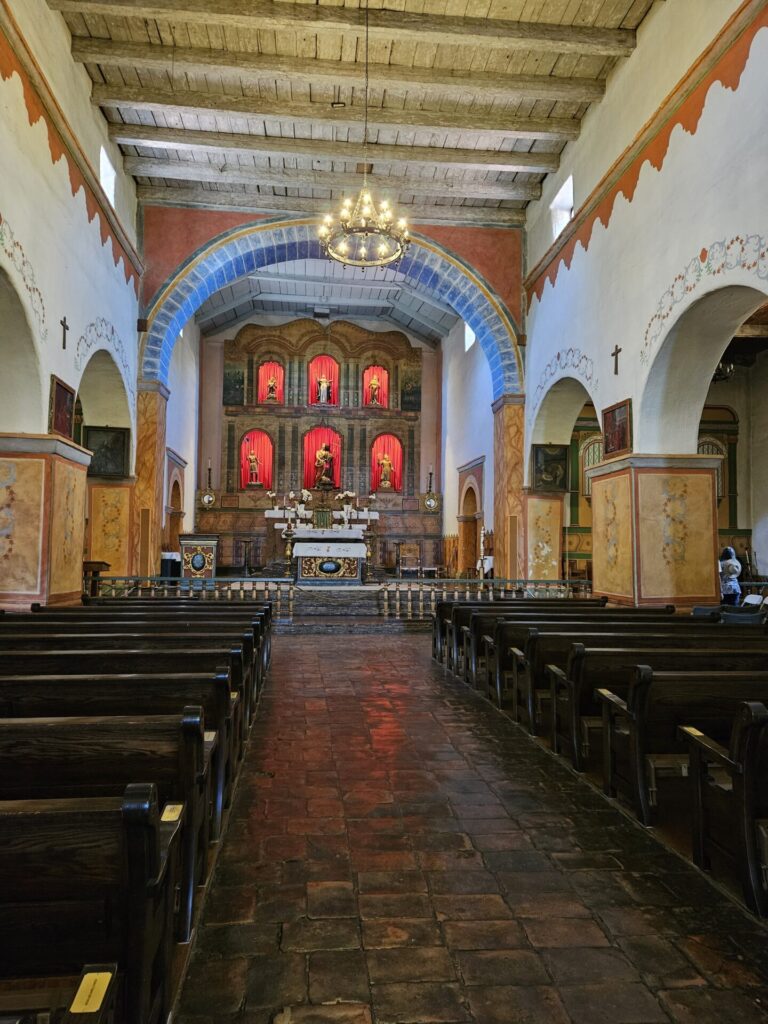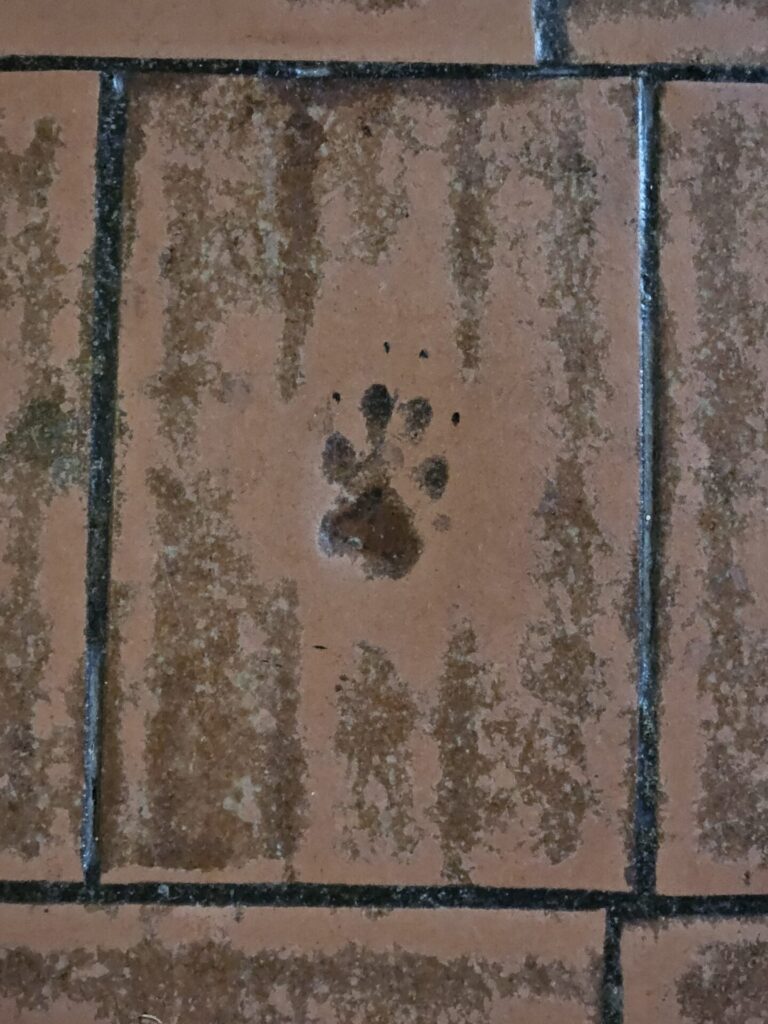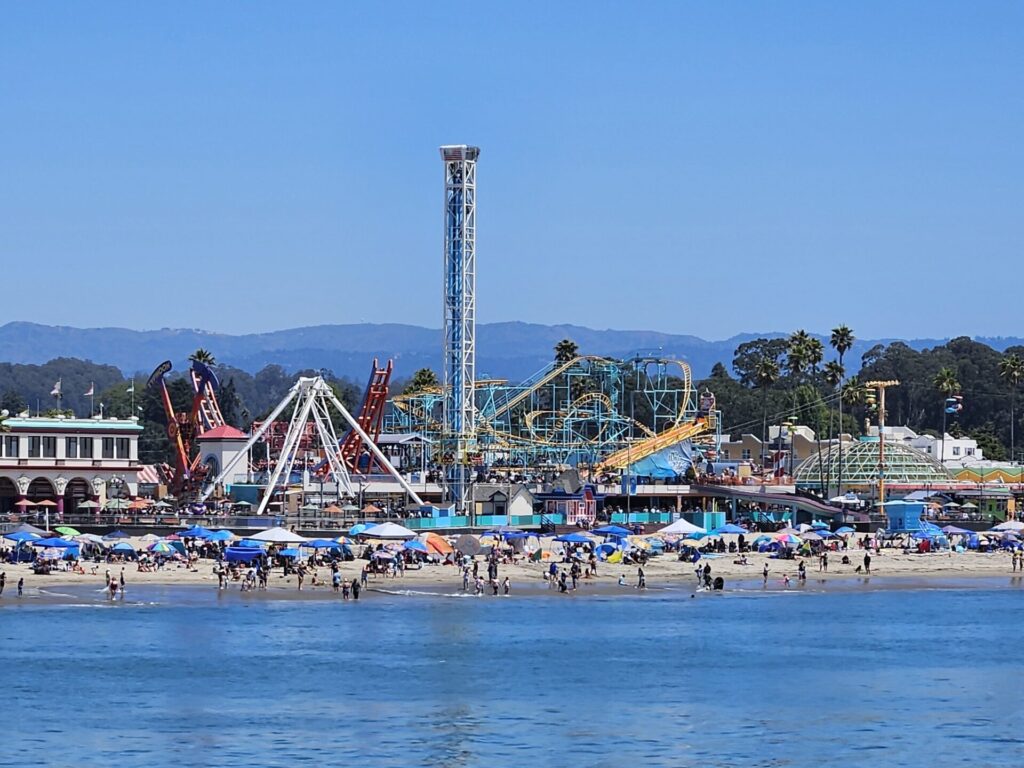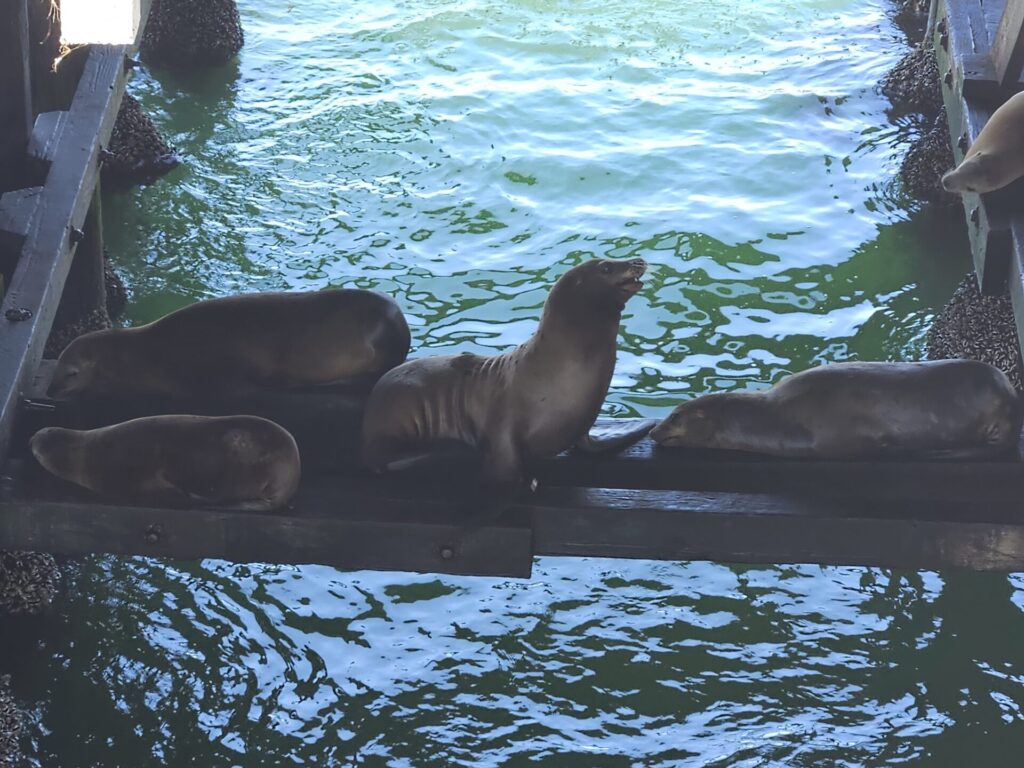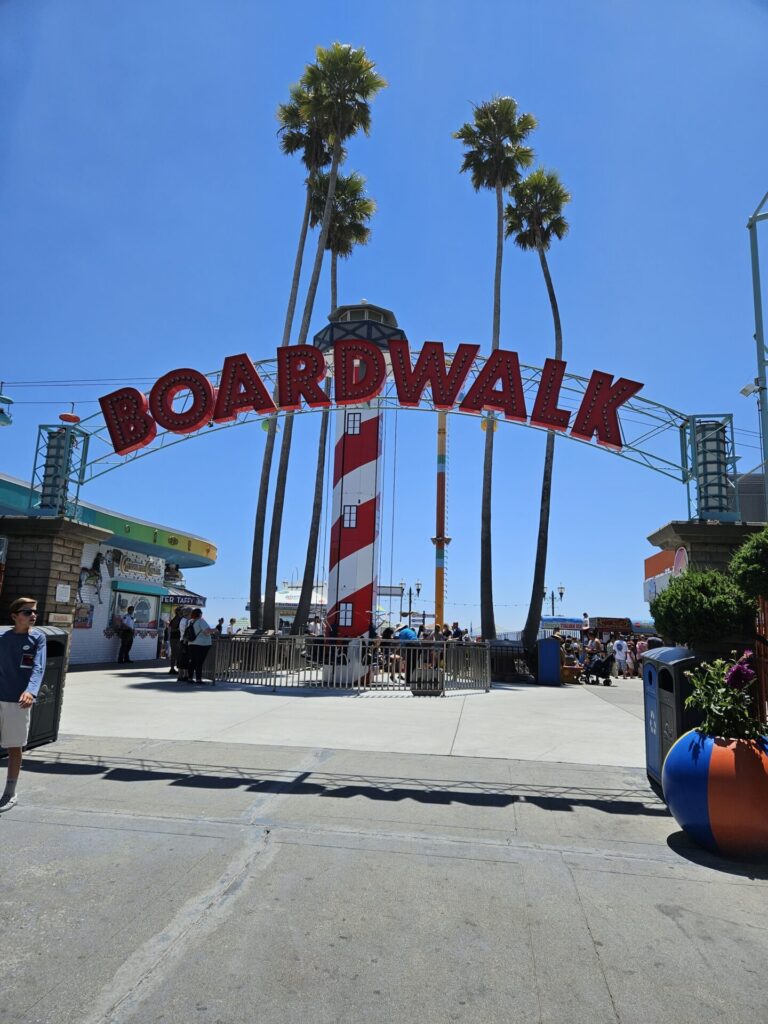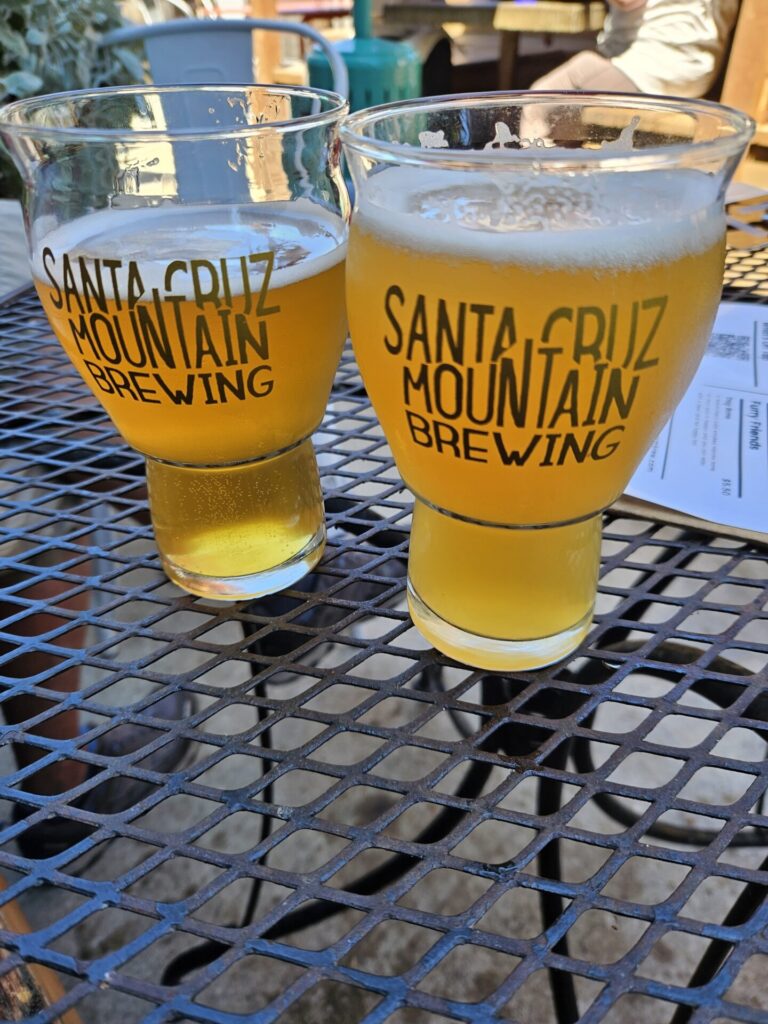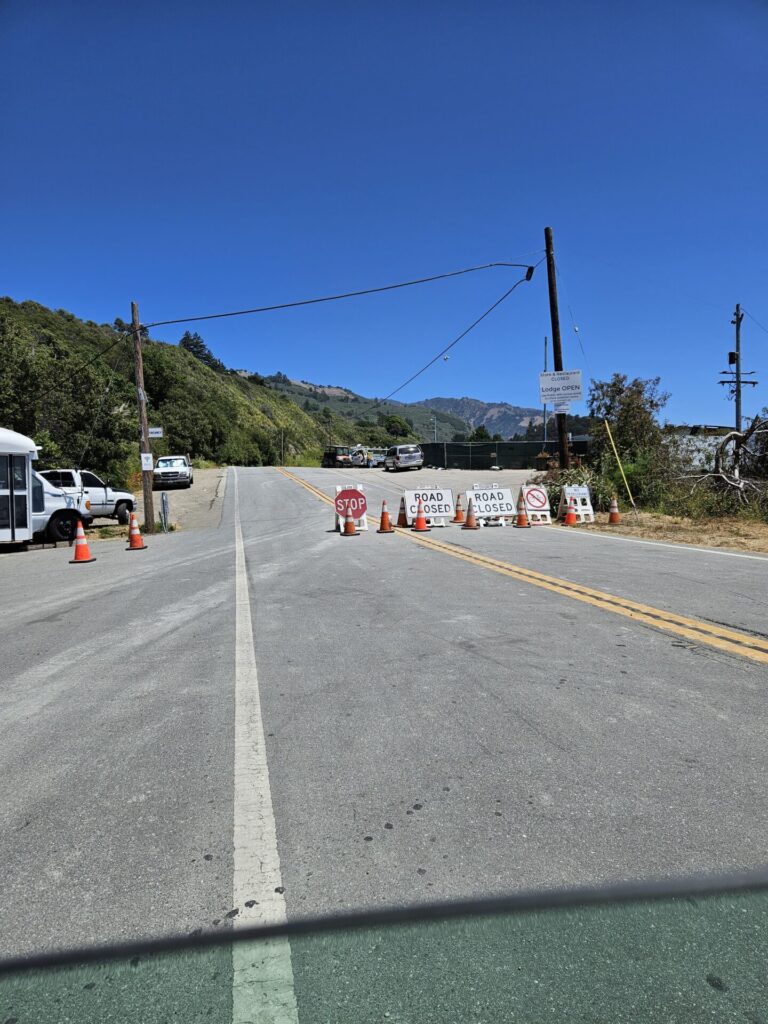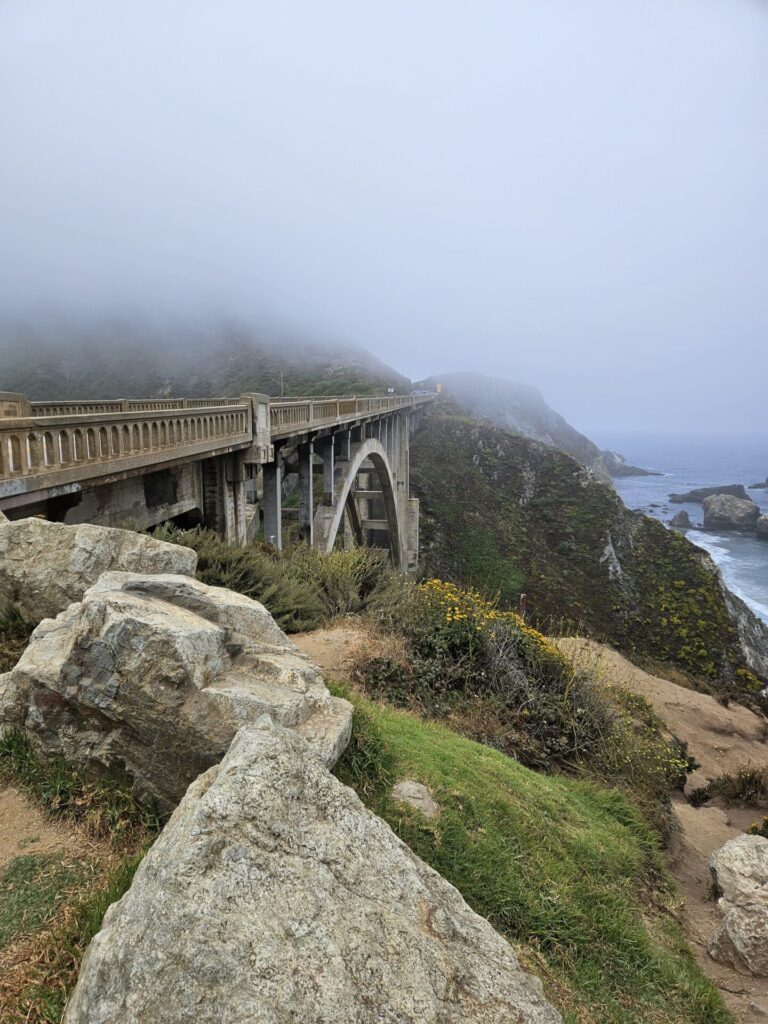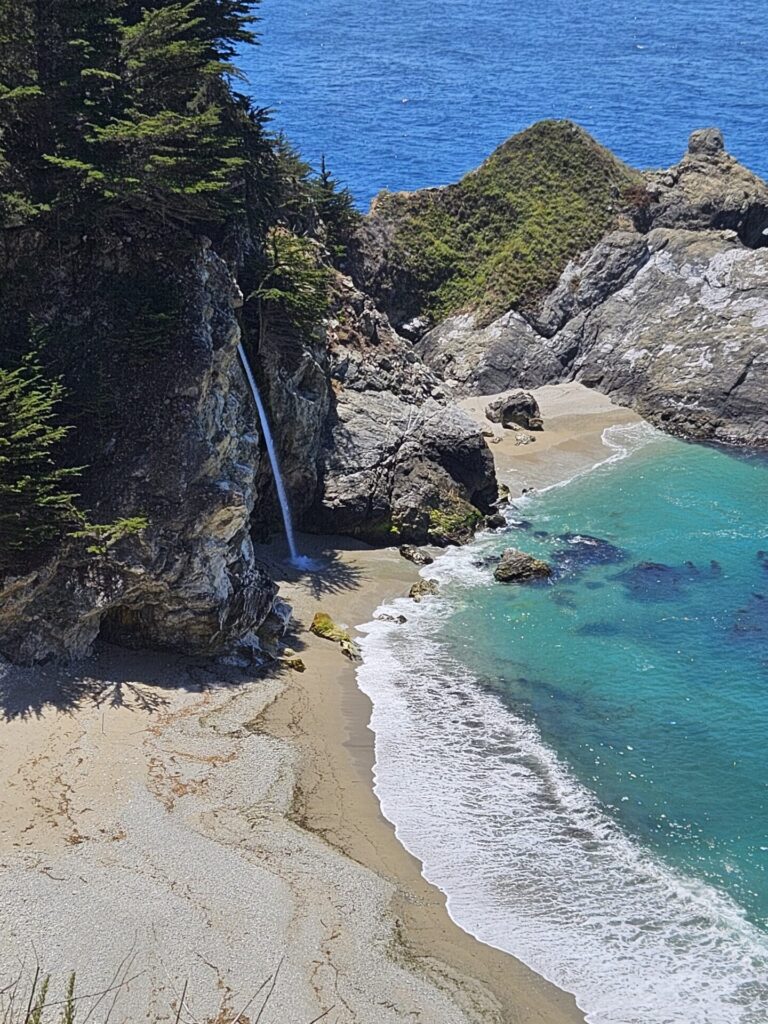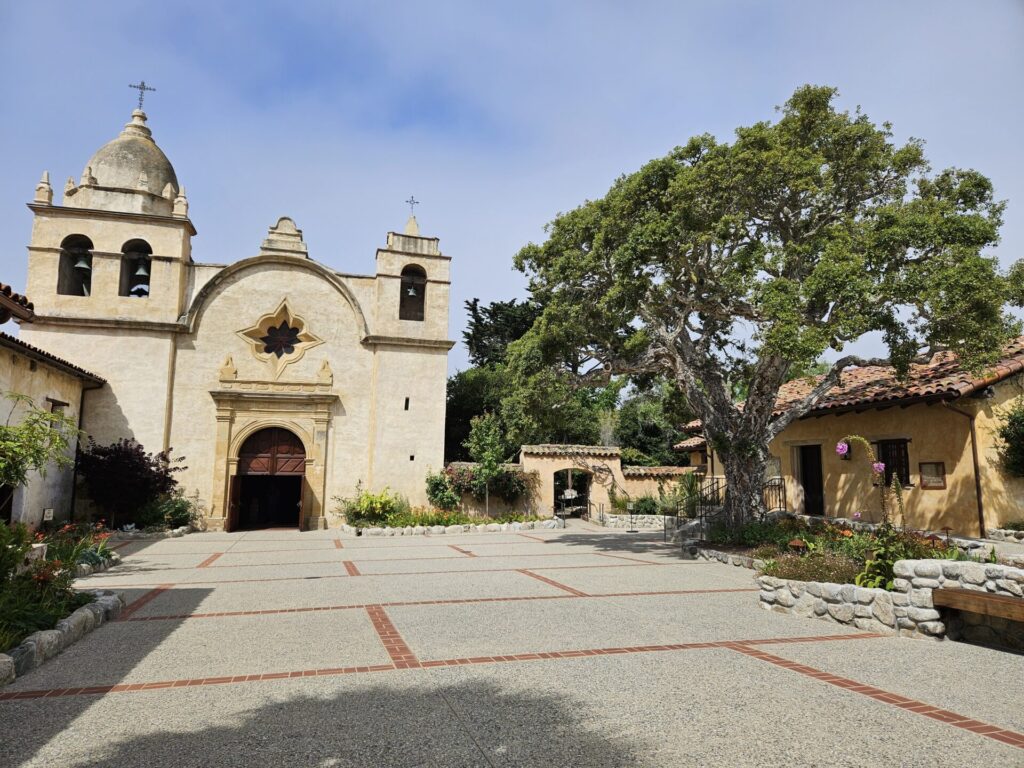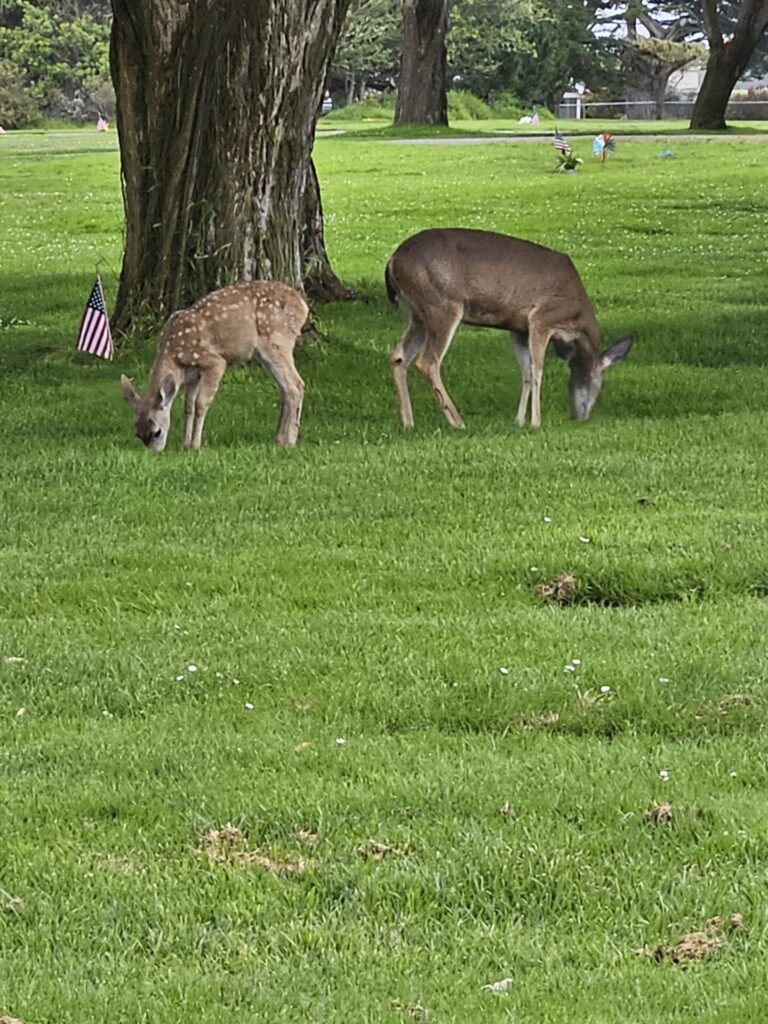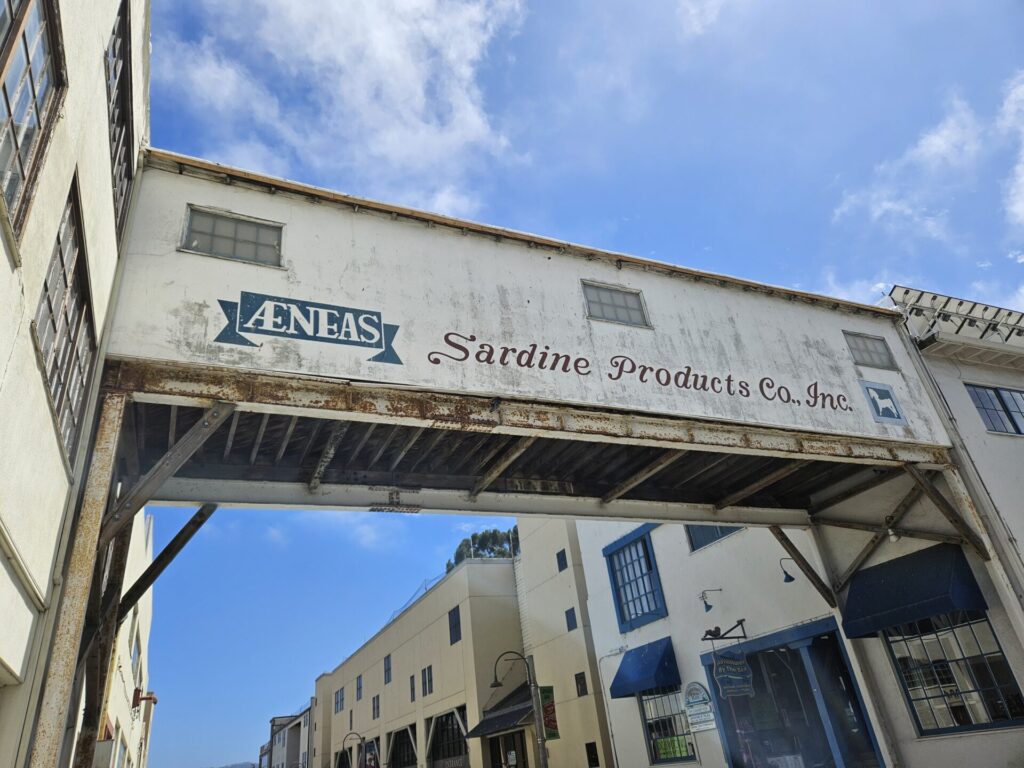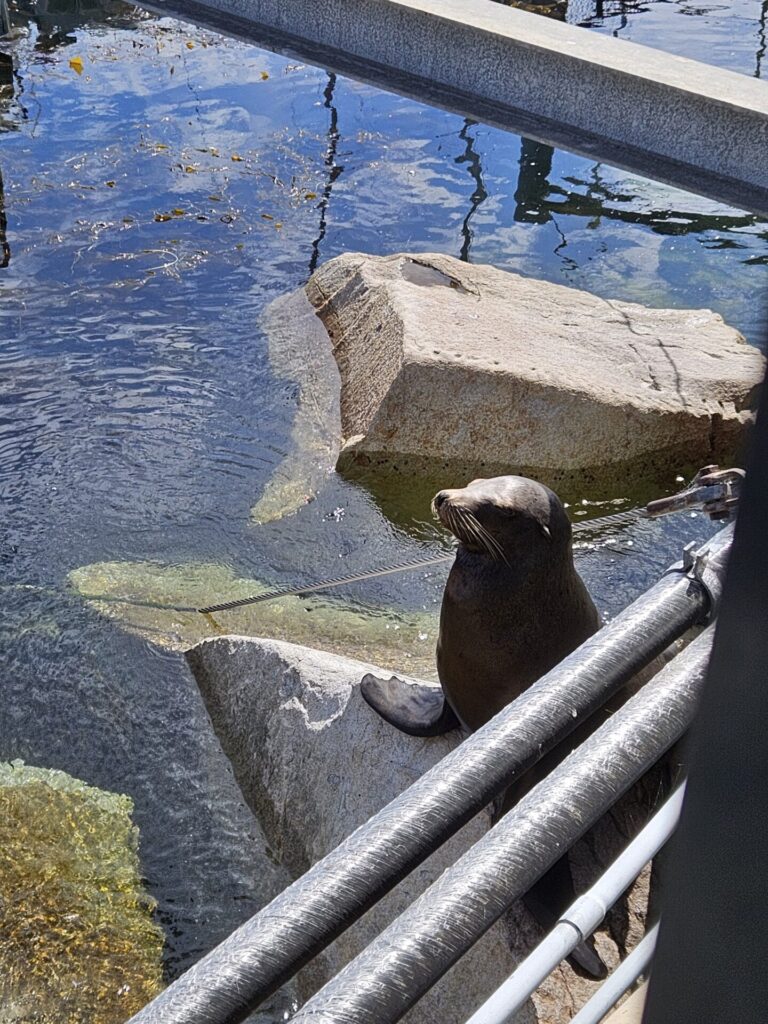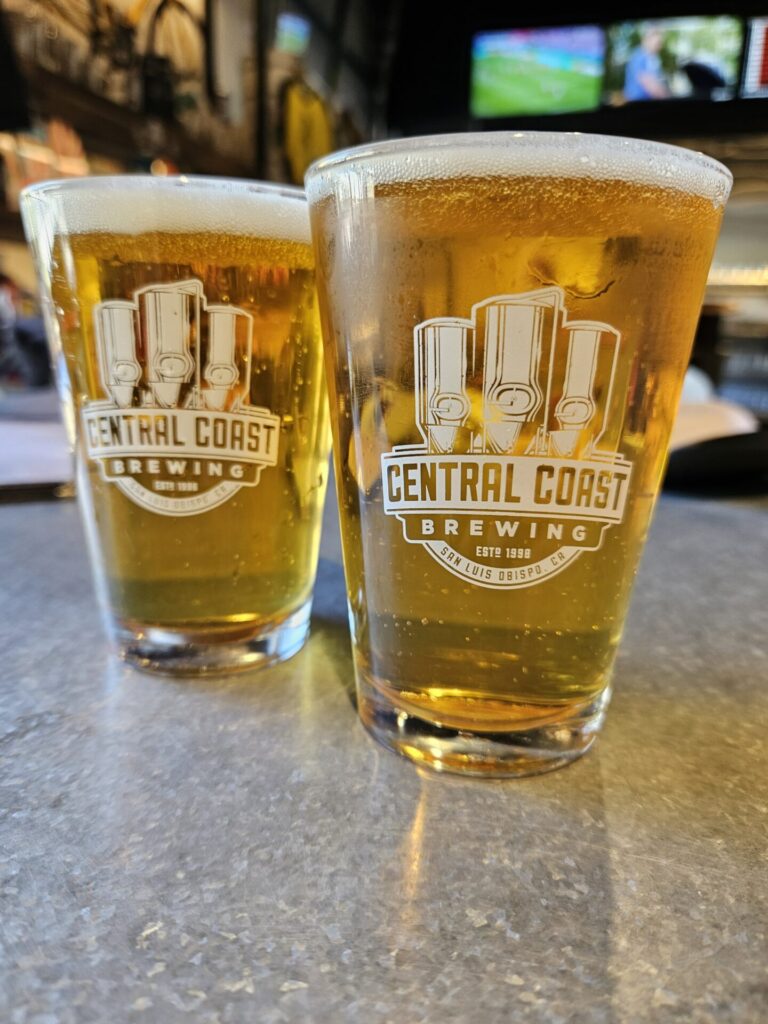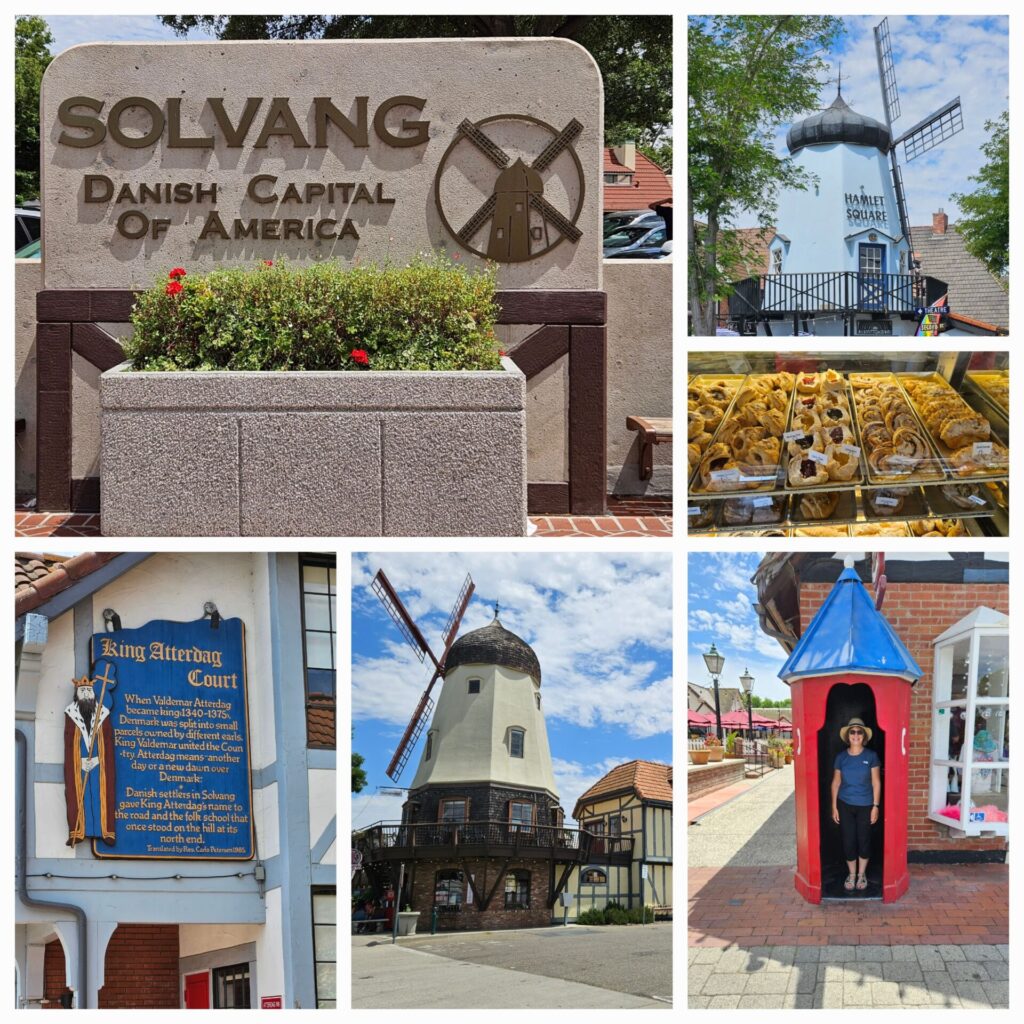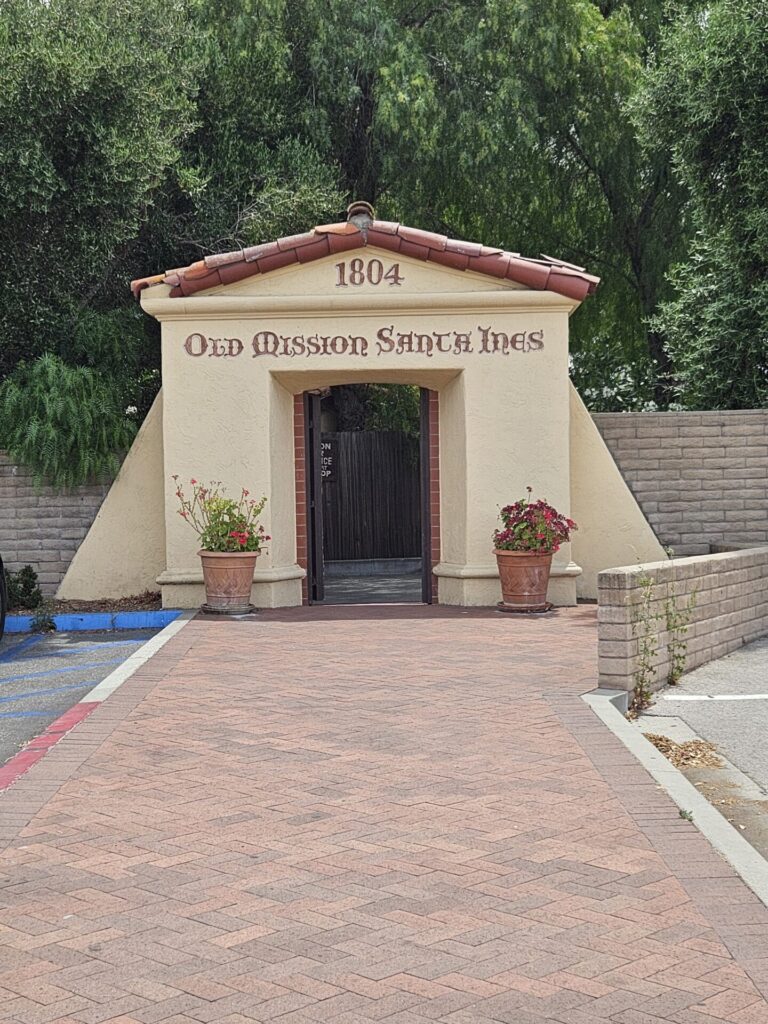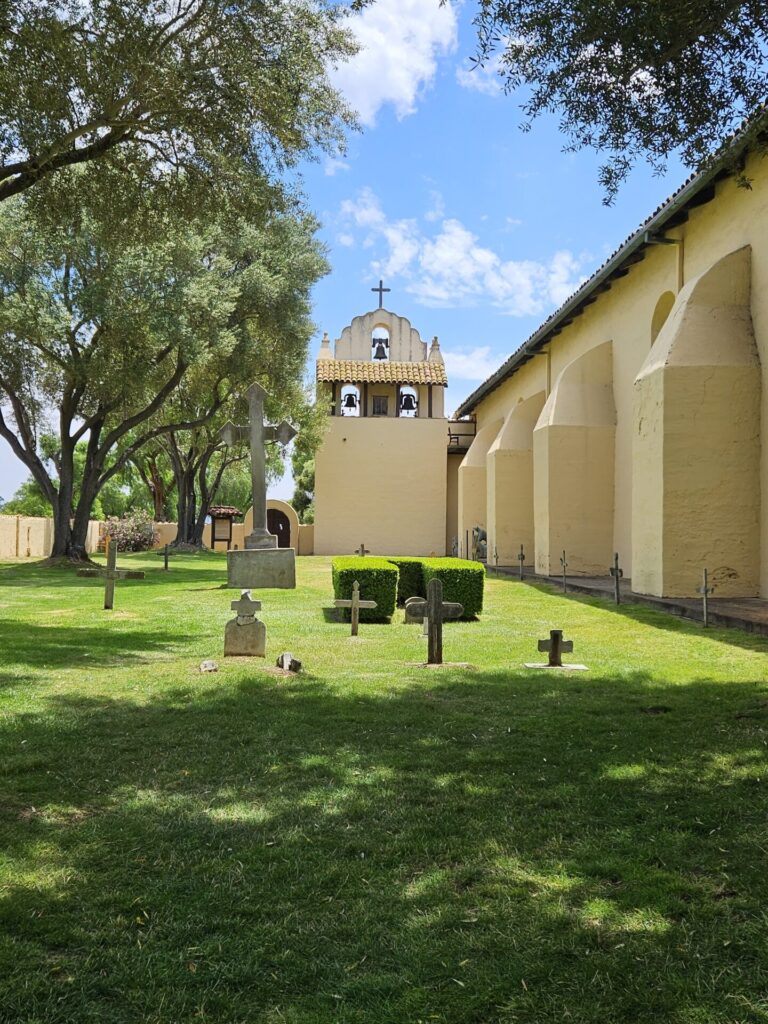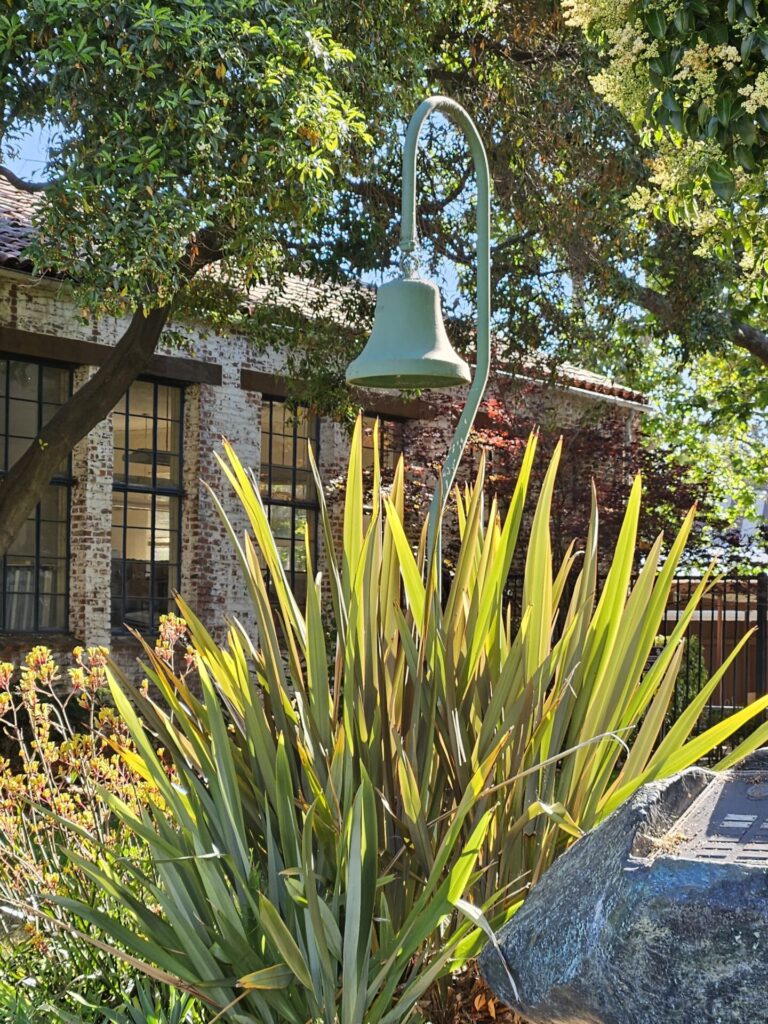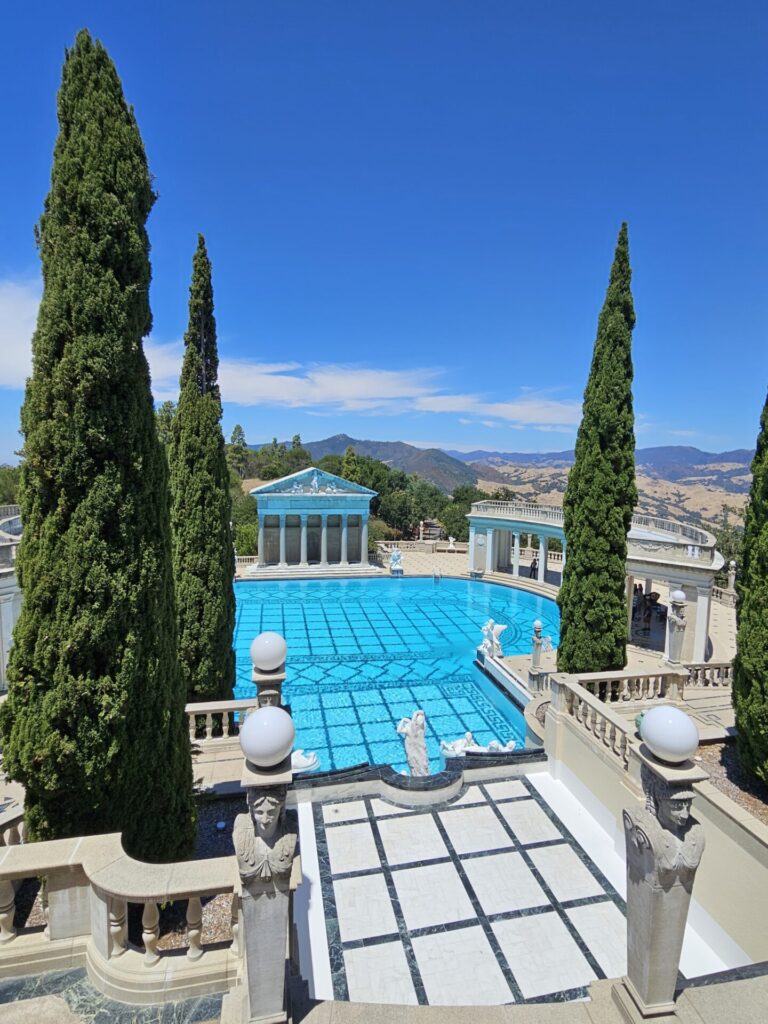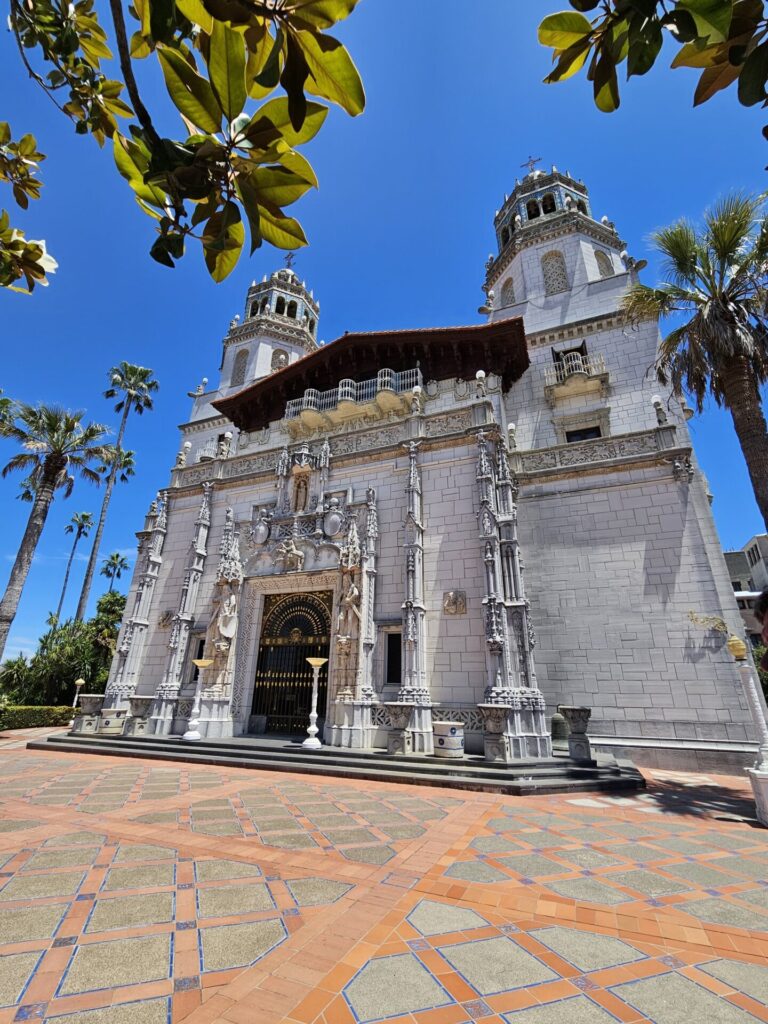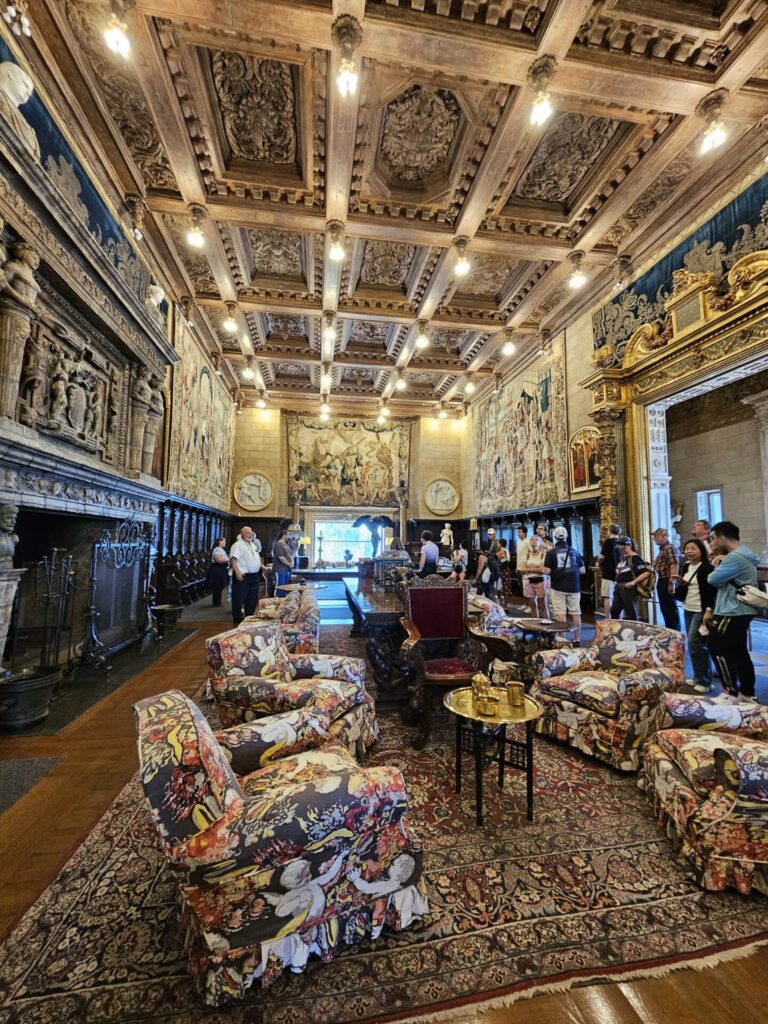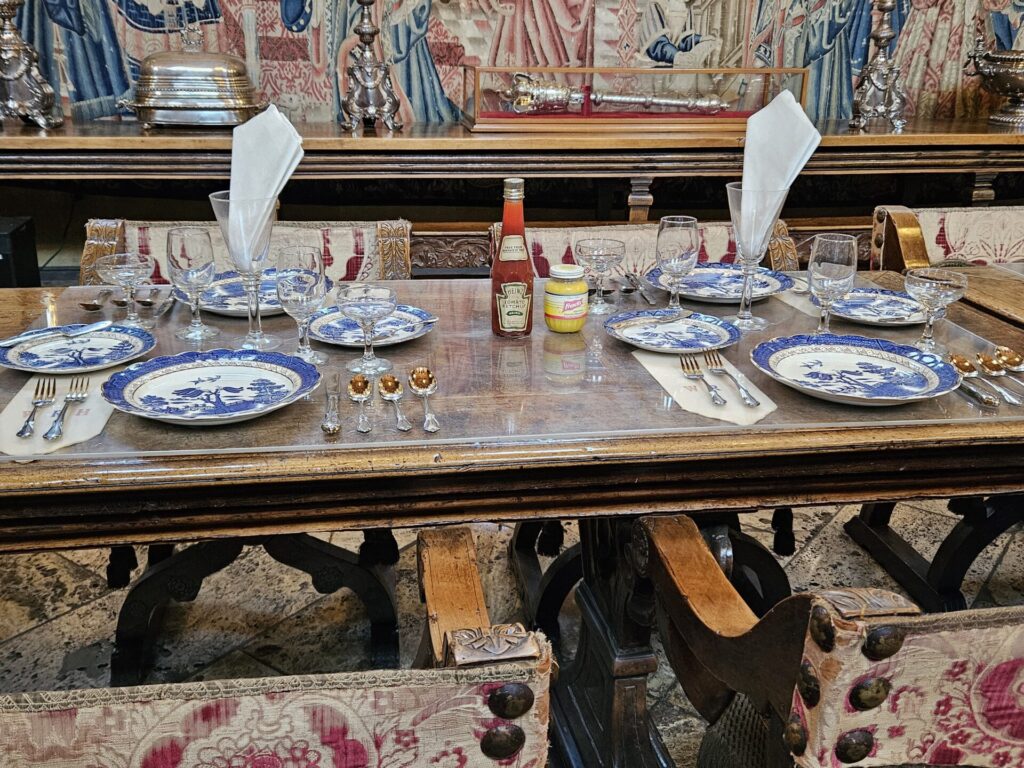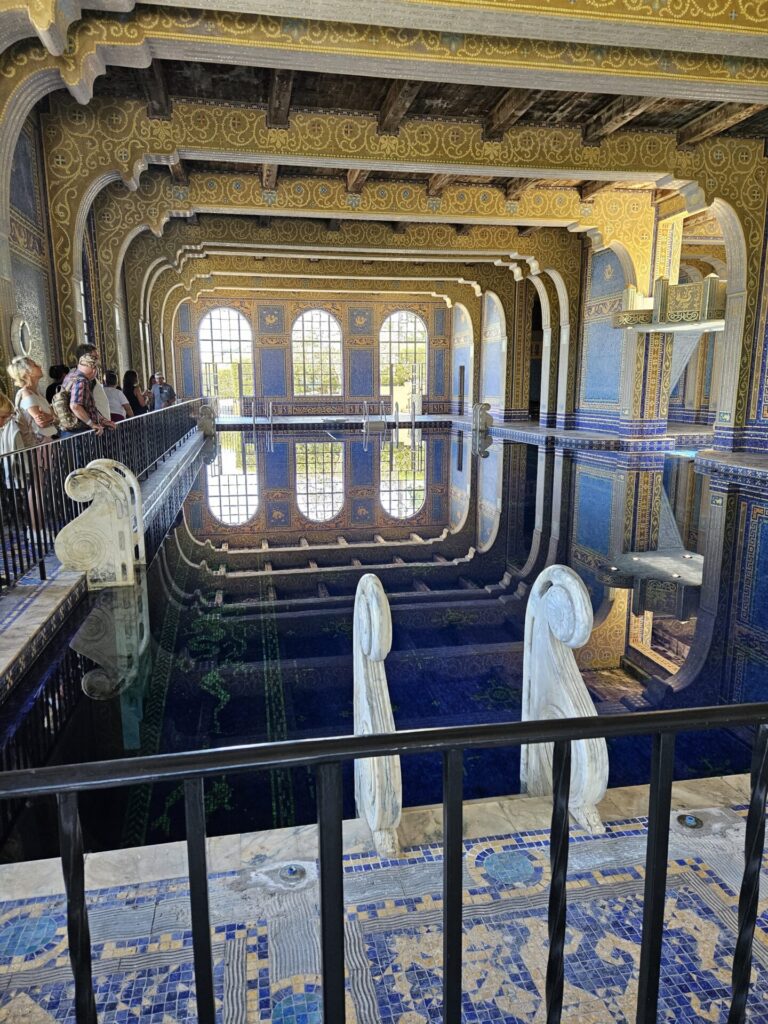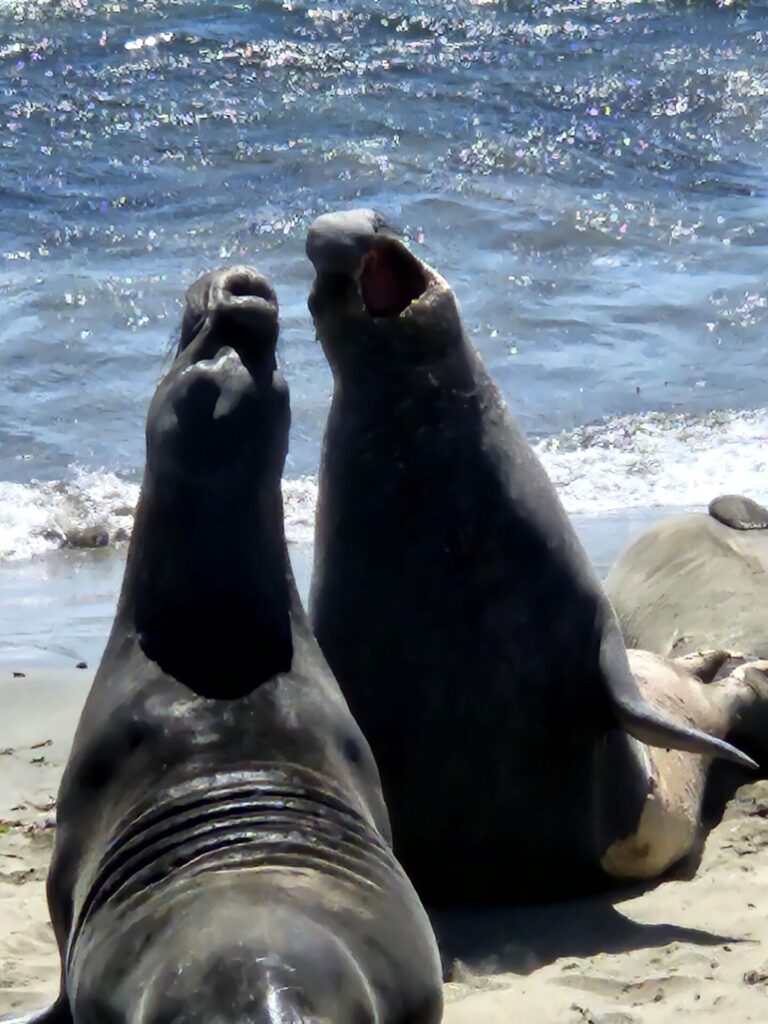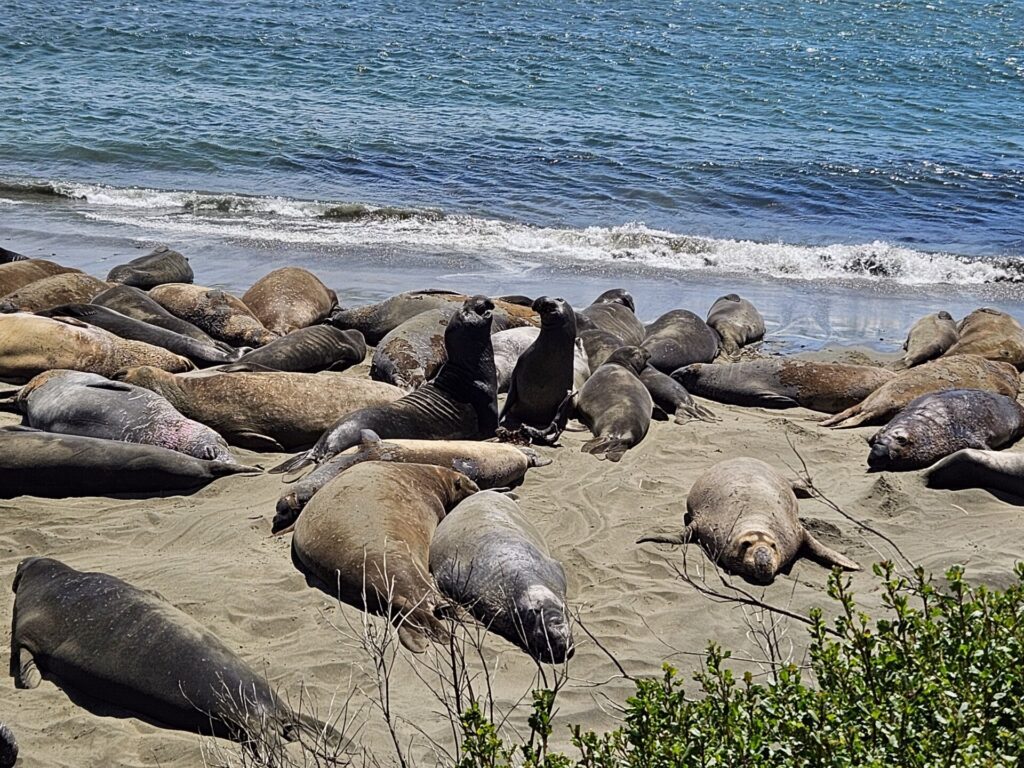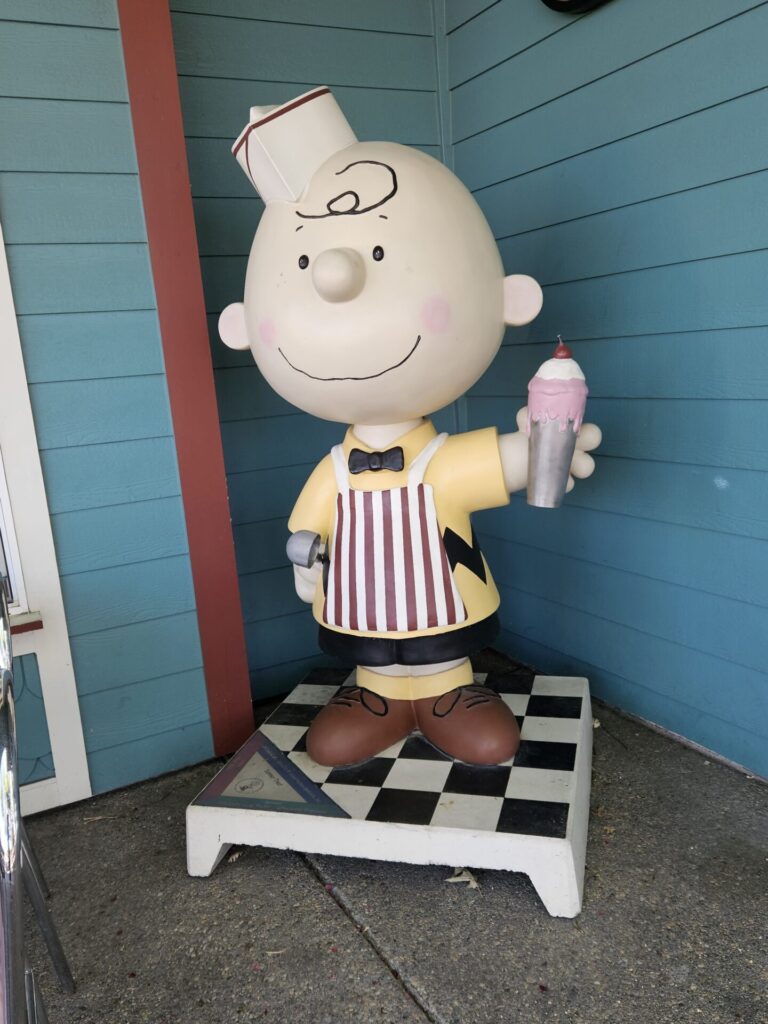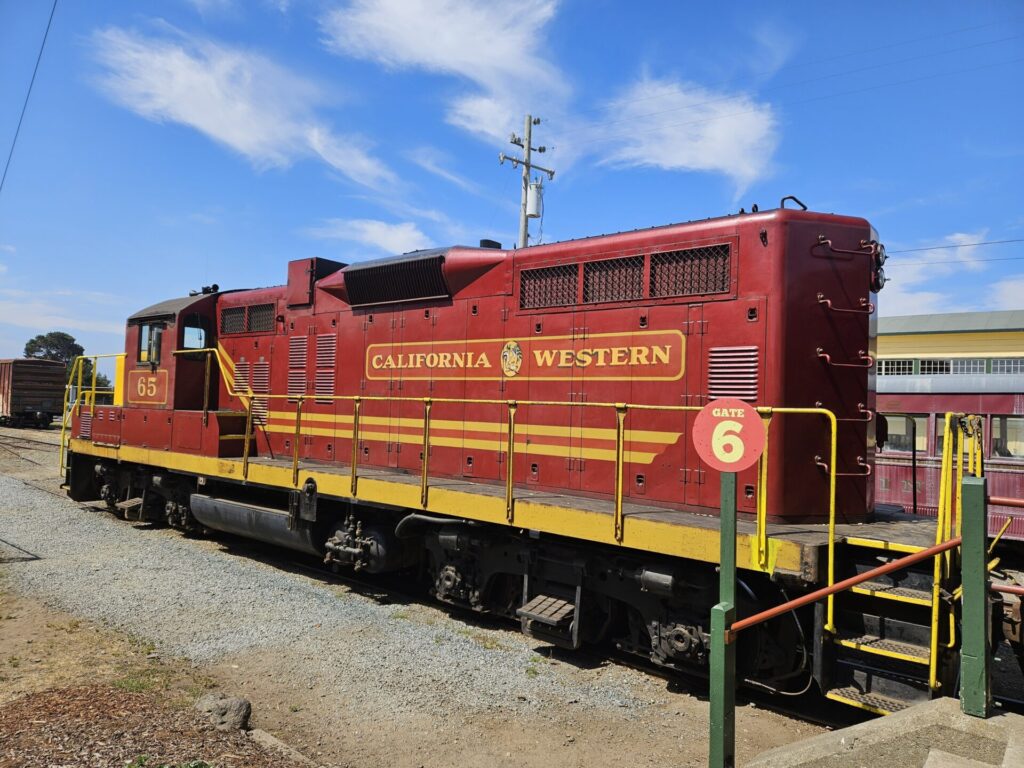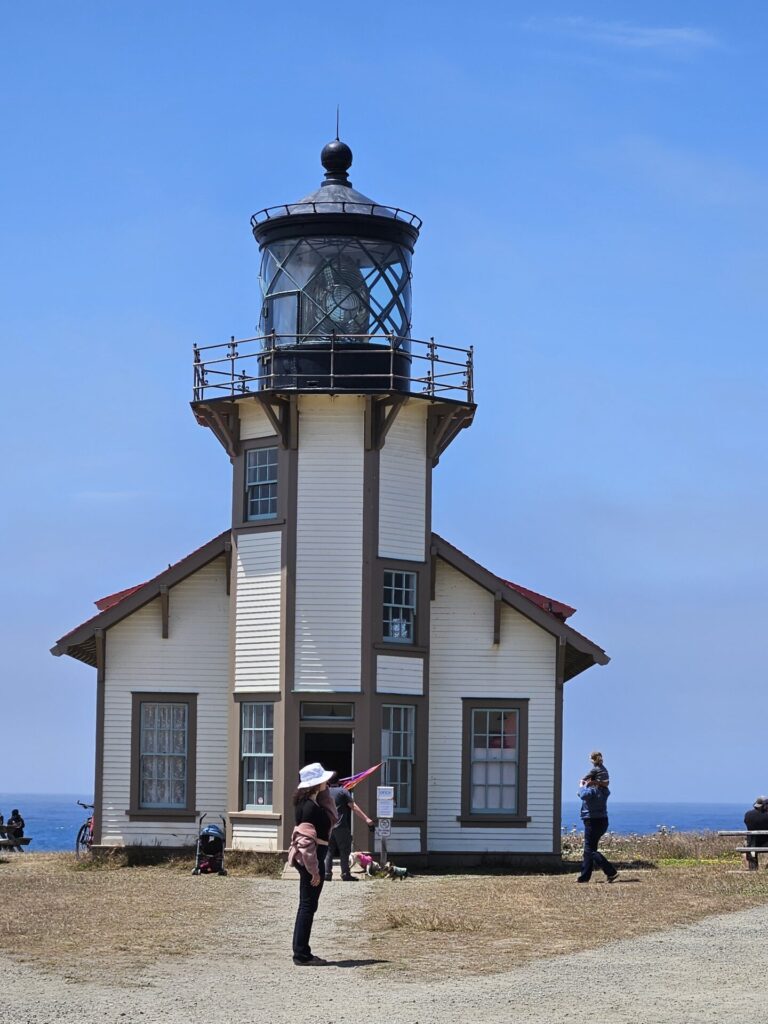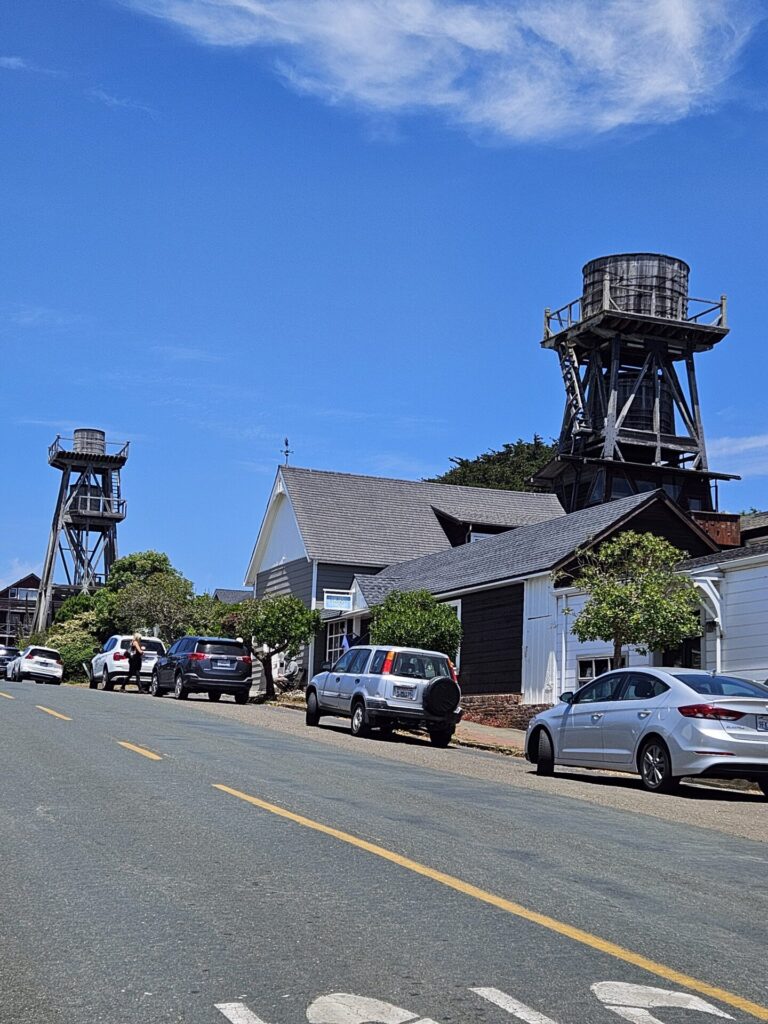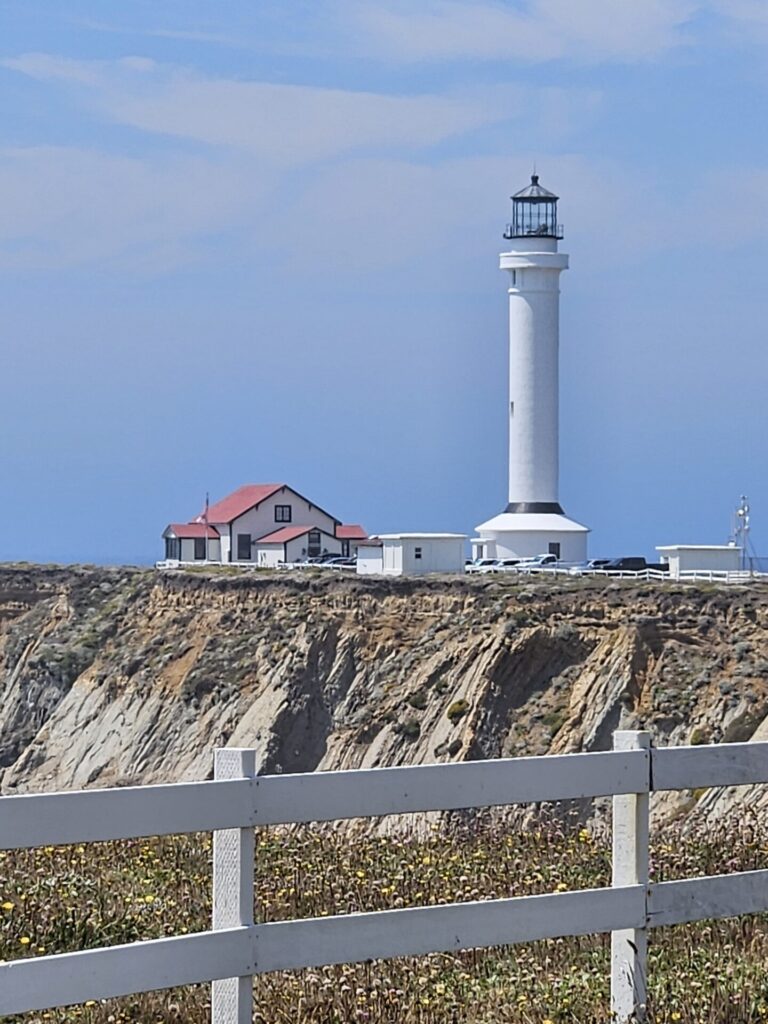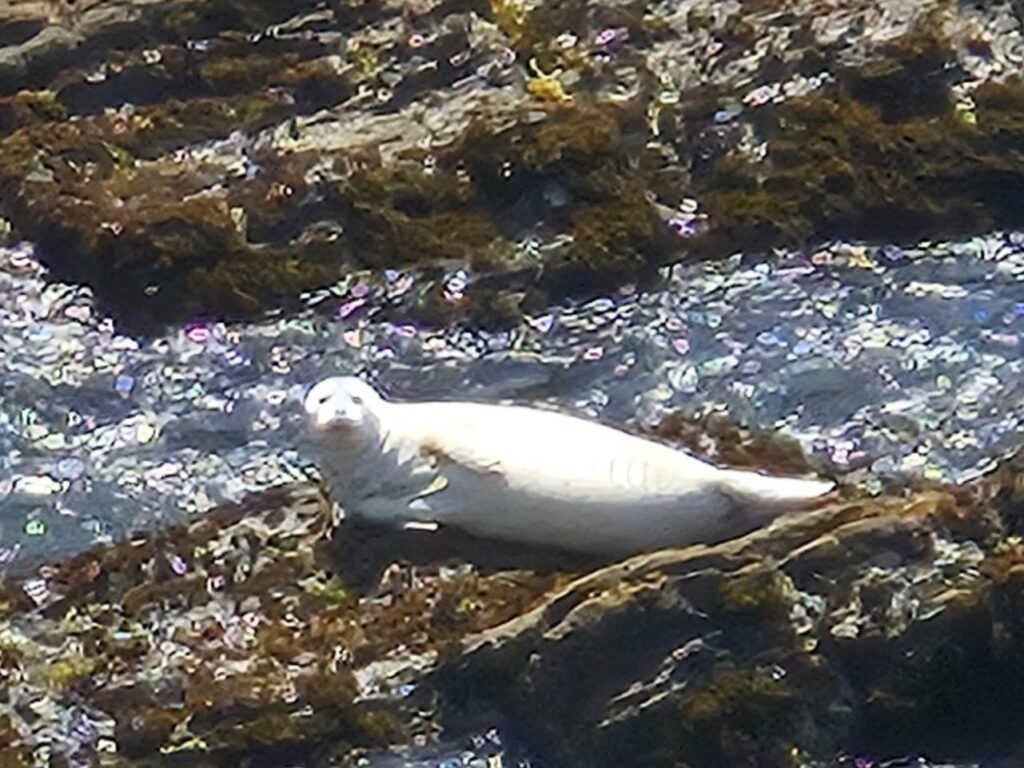Well, our original aim had been to stop in Fiji for about 4 weeks to chill out, recharge our batteries and save some money. However, 2023 has seen a huge boost in tourism again and accommodation prices have shot through the roof, even hostels are expensive, and as we’d only pre booked the first week we got caught out. Even that week had changed as our first hotel cancelled on us (turns out they are gutting the place) so we ended up a bit further out than we’d originally anticipated, which also meant we needed a car too (which was expensive and a bit of a wreck) so not the best of starts eh?
However our flight from Honolulu to Fiji was quite special – we crossed the International Dateline and so lost a day, but then got to stop for 45-minutes at Kiritimati, a Pacific Ocean atoll in the Line Islands, sometimes known as Christmas Island. Wow, I’ve never seen such colours in an ocean before – they are simply stunning.
It is the greatest land area in the world of any atoll – about 150 square miles with a lagoon of about the same size. Due to its location being in the farthest forward time zone, it is one of the first inhabited places to see the New Year in.
The atoll was used for nuclear testing in the 50’s and 60s, but no-one was evacuated at the time, therefore exposing many to the effects of radiation.
Nowadays, there is a population of about 2000 and the area has become popular with fishermen, especially for BoneFish. We couldn’t get over how many boarded the plane at this stop!!
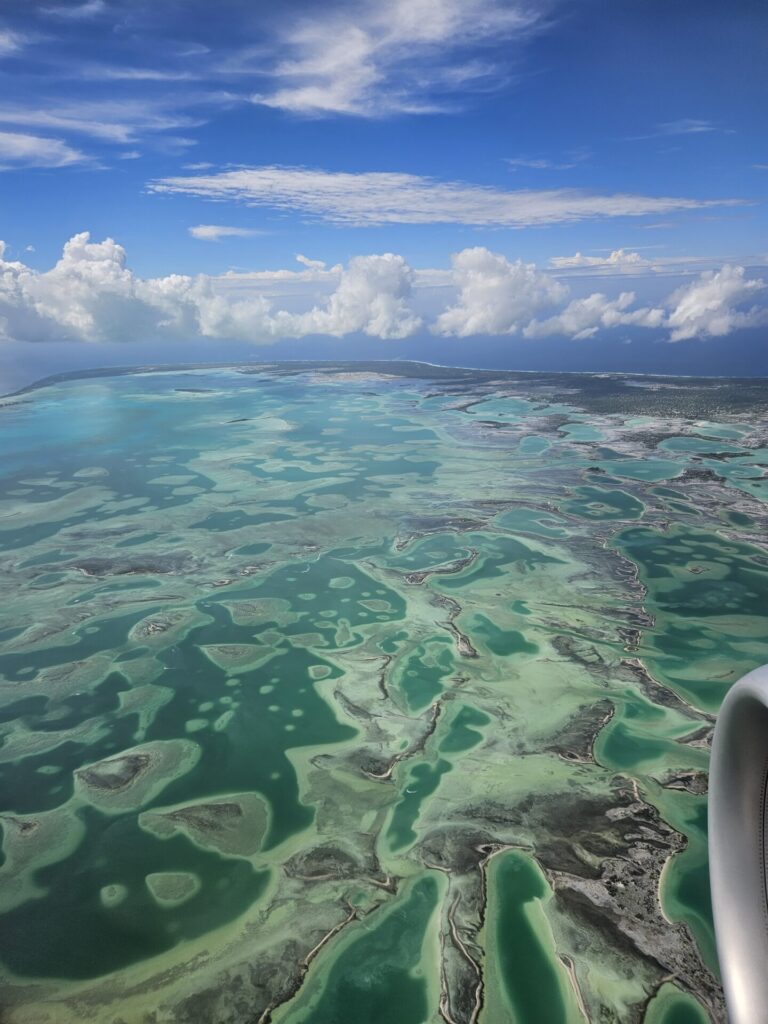
Our first week was spent near Nadi (pronounced Nandi). Then we moved on to the Coral Coast for 10 days before going to the tiny Serenity Island (one of the Mamanuca islands) for 4 days.
The island (Viti Levu, the main Fiji island) is so reminiscent of rural Malaysia and Brunei, even down to how the schools are built. It’s more mountainous than we expected too. Lots of sugar cane growing and is the main export here. You have to watch out for the little sugar trains crossing roads with their small carts full of cane!
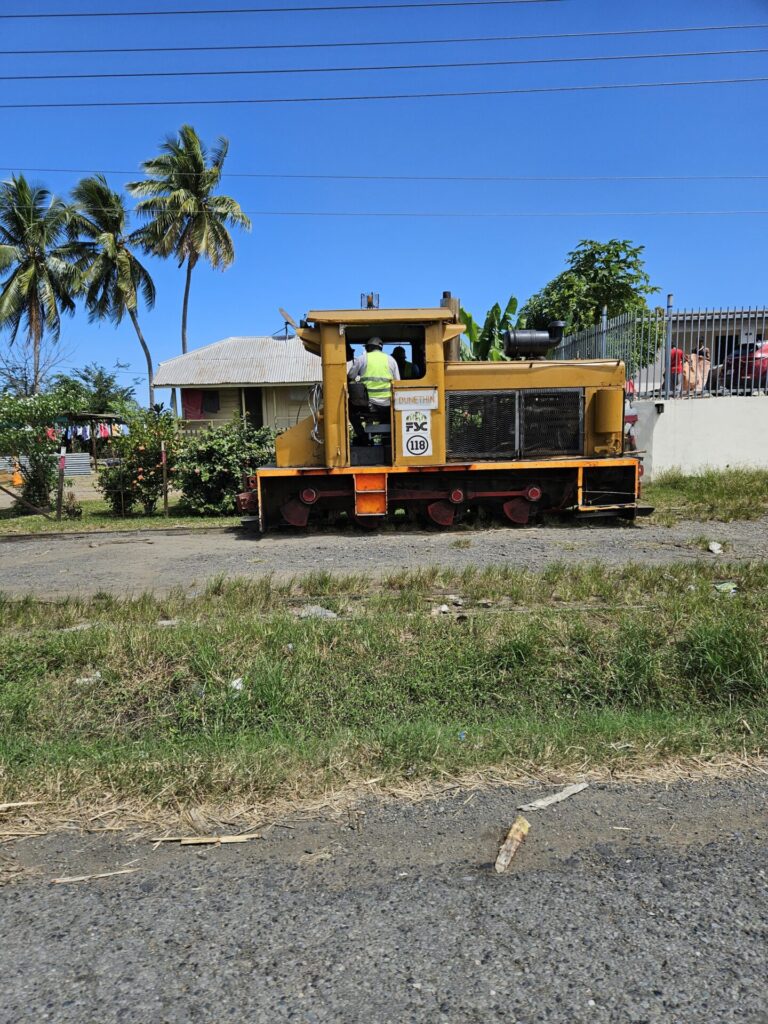
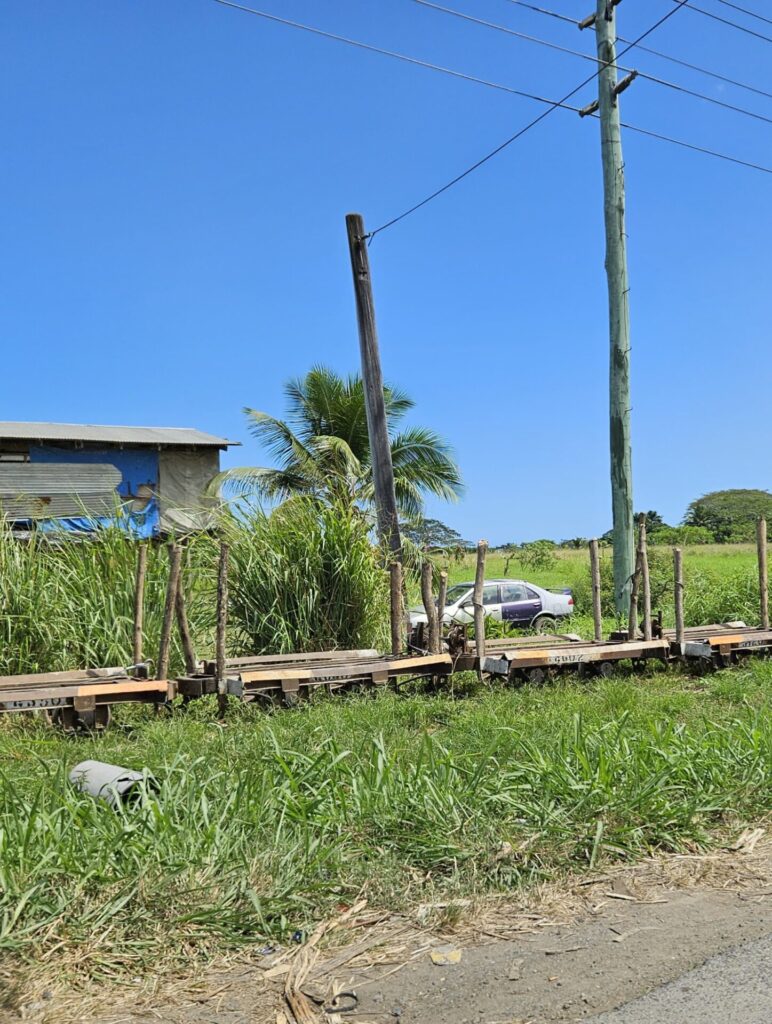
We’ve visited the Gardens of the Sleeping Giant in the foothills of the Nausori Mountains – they were designed to hold the orchid collection of Raymond Burr (Ironside and Perry Mason). It’s a nice walk through tropical forest full of flowering African Tulip trees (stunning orange flowers but a bit of a thug!) and there’s a hike to the top of the hill for good views out across the coast to the islands.
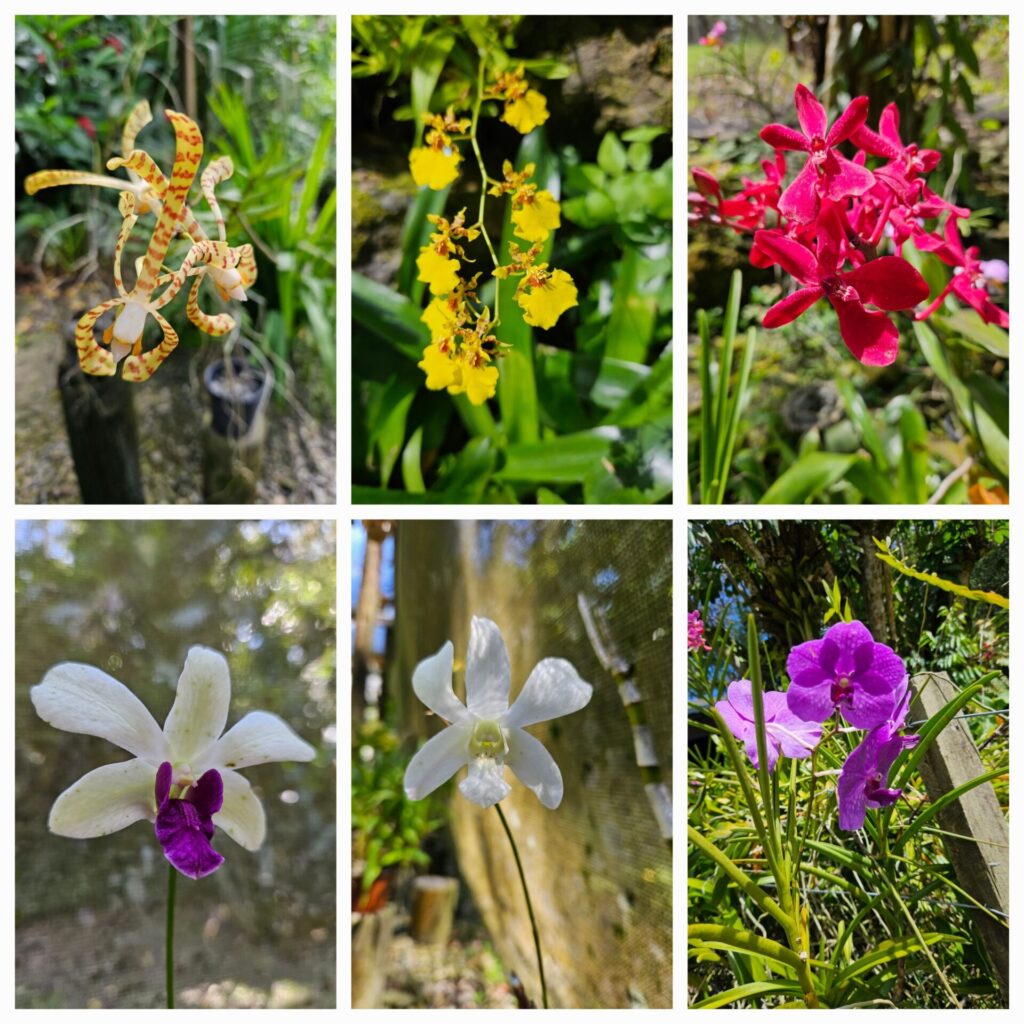
We took a day trip to the capital, Suva. It was a nice drive going through tiny villages with stalls full of vegetables and fruit by the roadside and lots of lovely handmade brooms and whilst it is a tropical island we noticed some of the trees were turning colour like in a UK autumn which was not expected.
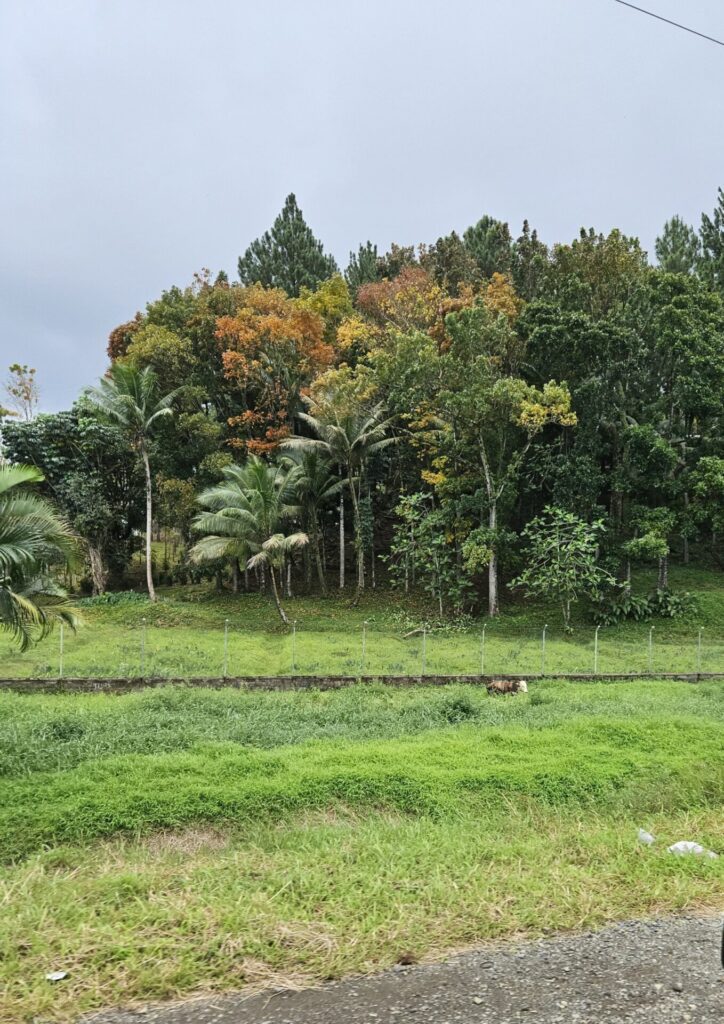
There also seems to be a rugby pitch (of some type or another, whether professional looking posts or just bamboo struts strung together) in every village! Suva is a typical capital city, lots of traffic and a busy old port area. We visited the tiny Fiji Museum just past the Parliament Buildings, where there was an interesting seafarers exhibition on, including part of the rudder from The Bounty (of Mutiny on the Bounty, Captain Bligh fame). We had lunch on the balcony there overlooking Thurlestone Gardens (the old Botanical gardens) and marvelled at the fruit bats hanging from branches in a nearby tree, squabbling away to each other.
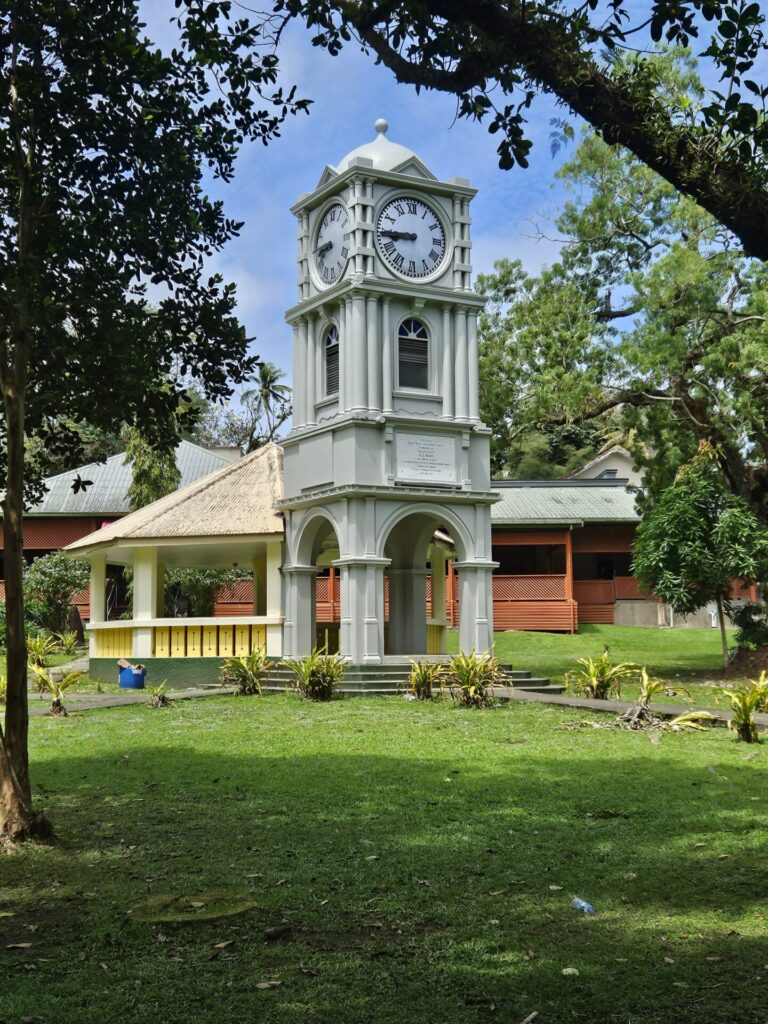
Then we treated ourselves to cake at the Grand Pacific Hotel – opened in 1914 and reopened in 2014. She’s an icon of the South Pacific (and the cakes were good, too!).
We chilled out (on Fiji time which is a saying you here everywhere) on the coral coast despite the weather being rather overcast and at times rainy and enjoyed walks along the beach spotting various marine life – lots of blue starfish here as well as rather creepy sea snake cucumbers.
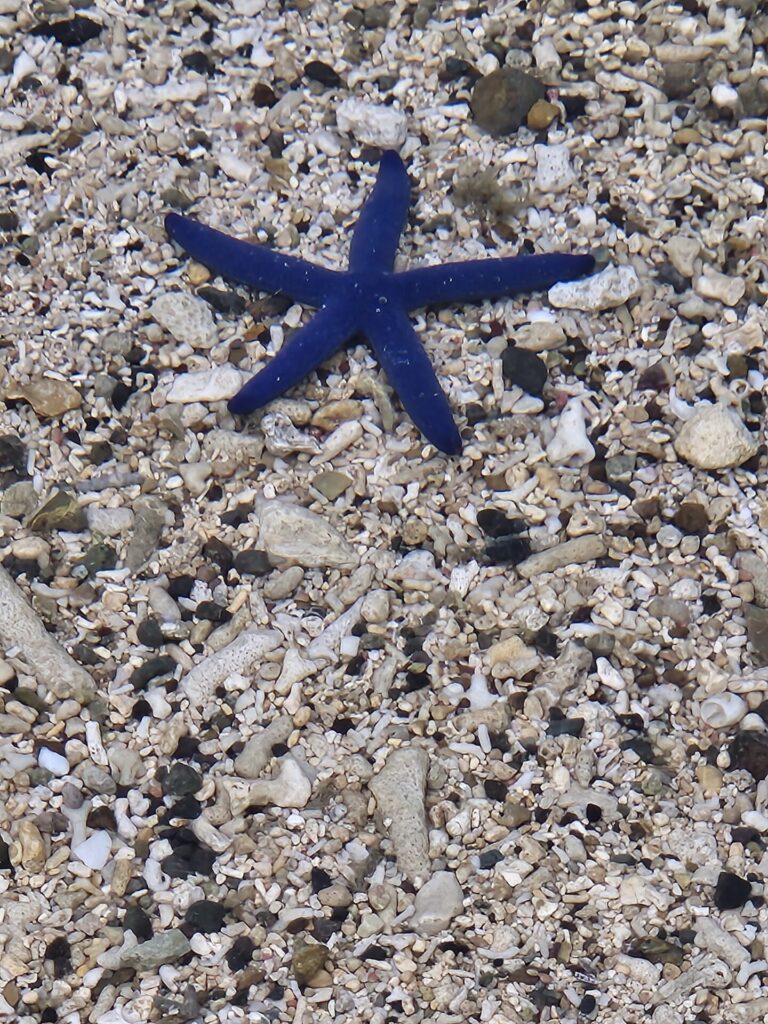
Our 4 days on Serenity Island was a bit of a disaster but without going into it too much we did have a lovely bure on the sea front (not quite on the beach but close enough) and did some snorkelling in a wonderfully warm sea.
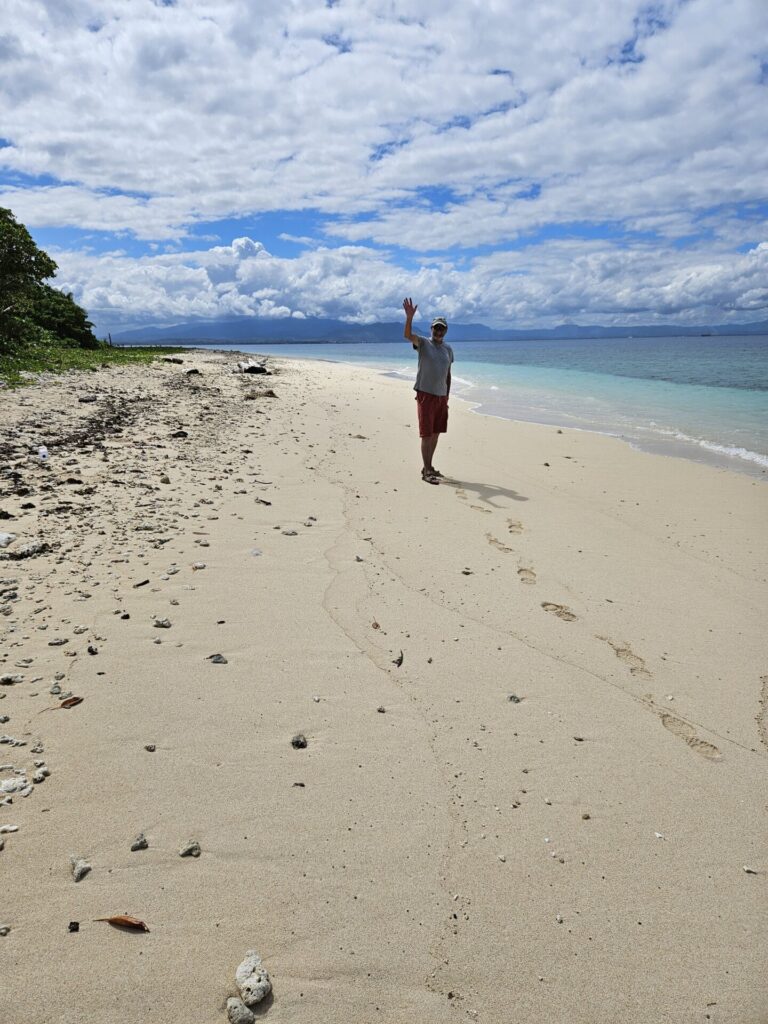
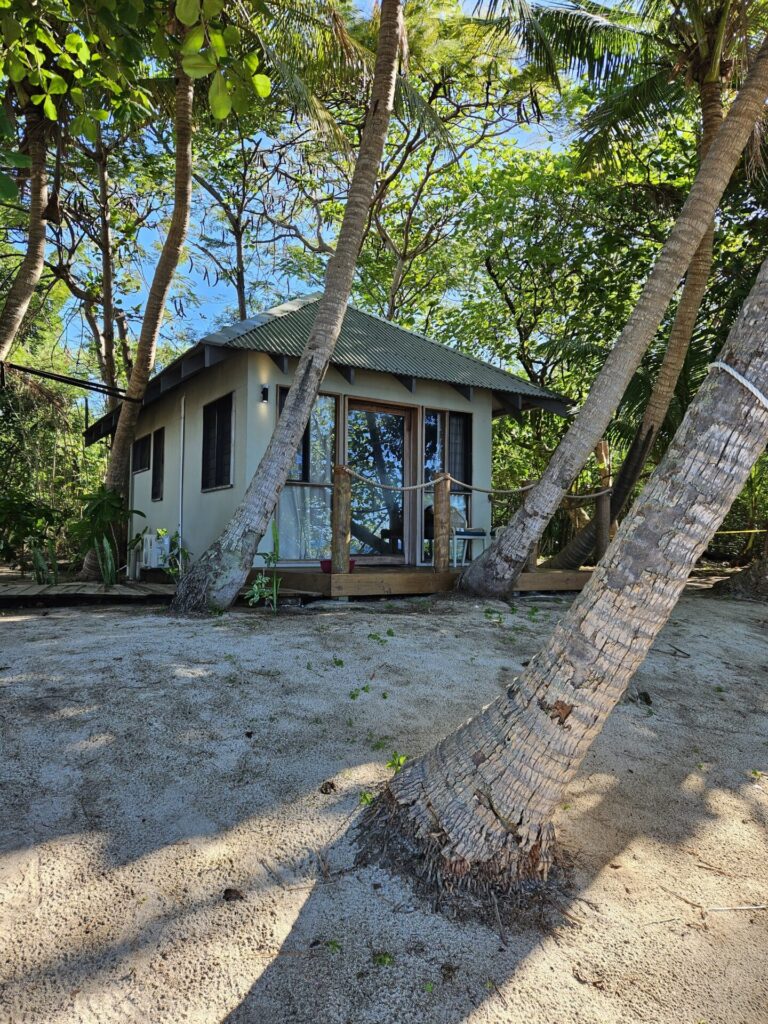
So, having decided that Fiji was too expensive and possibly just not our thing, we cut our visit short by a week and headed off to New Zealand.
